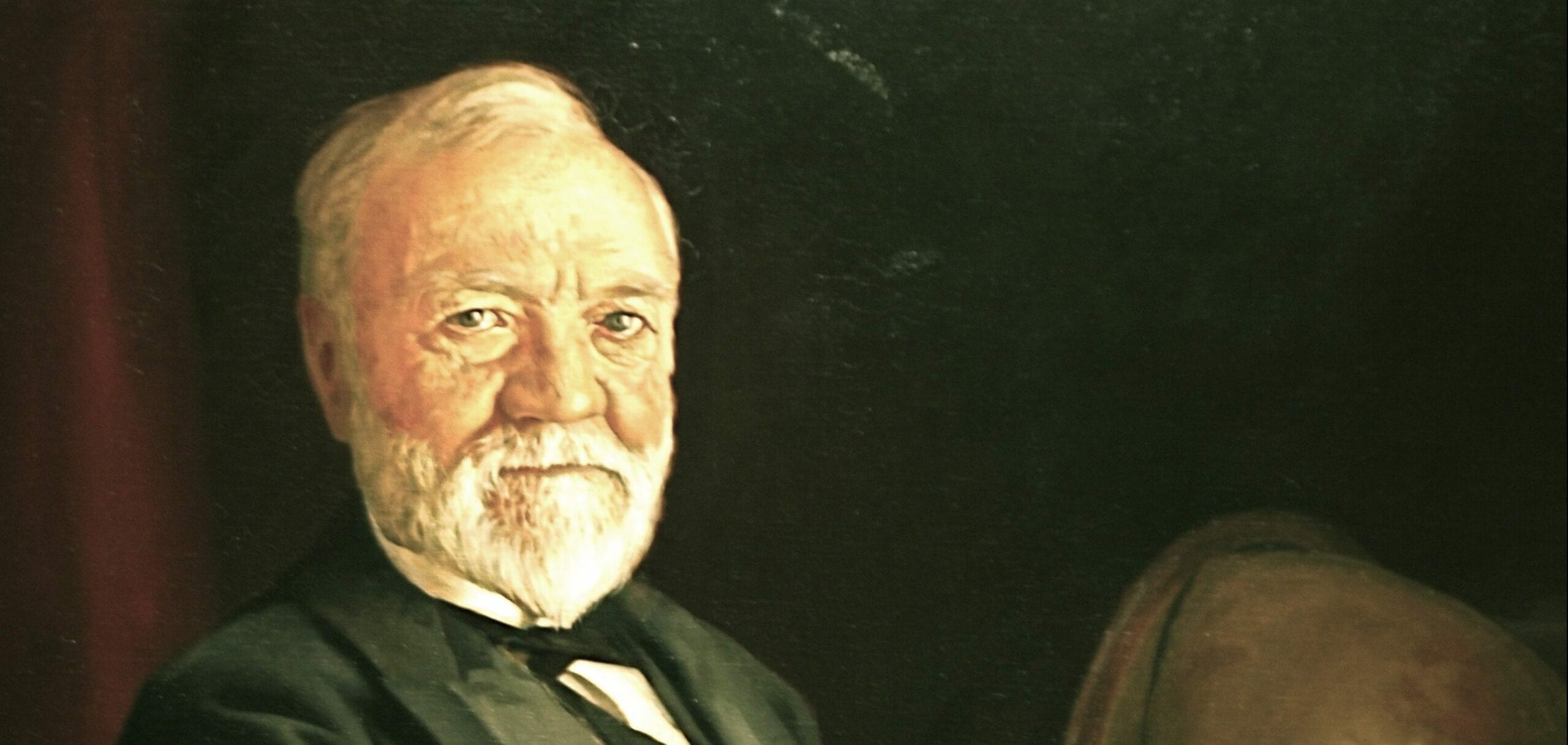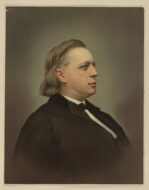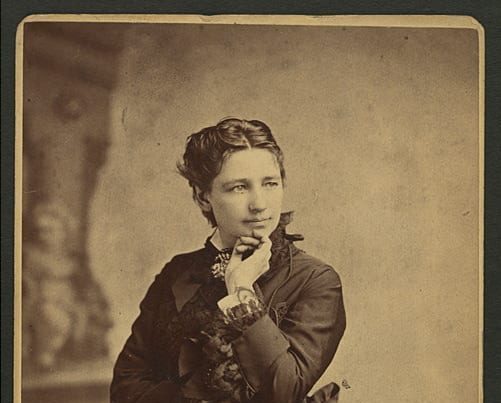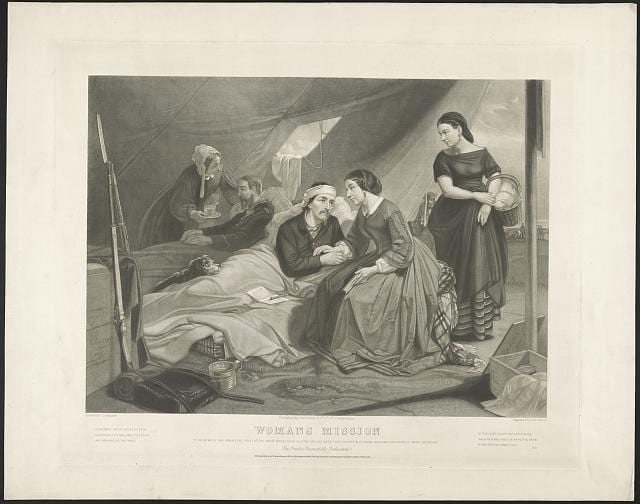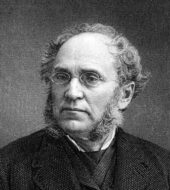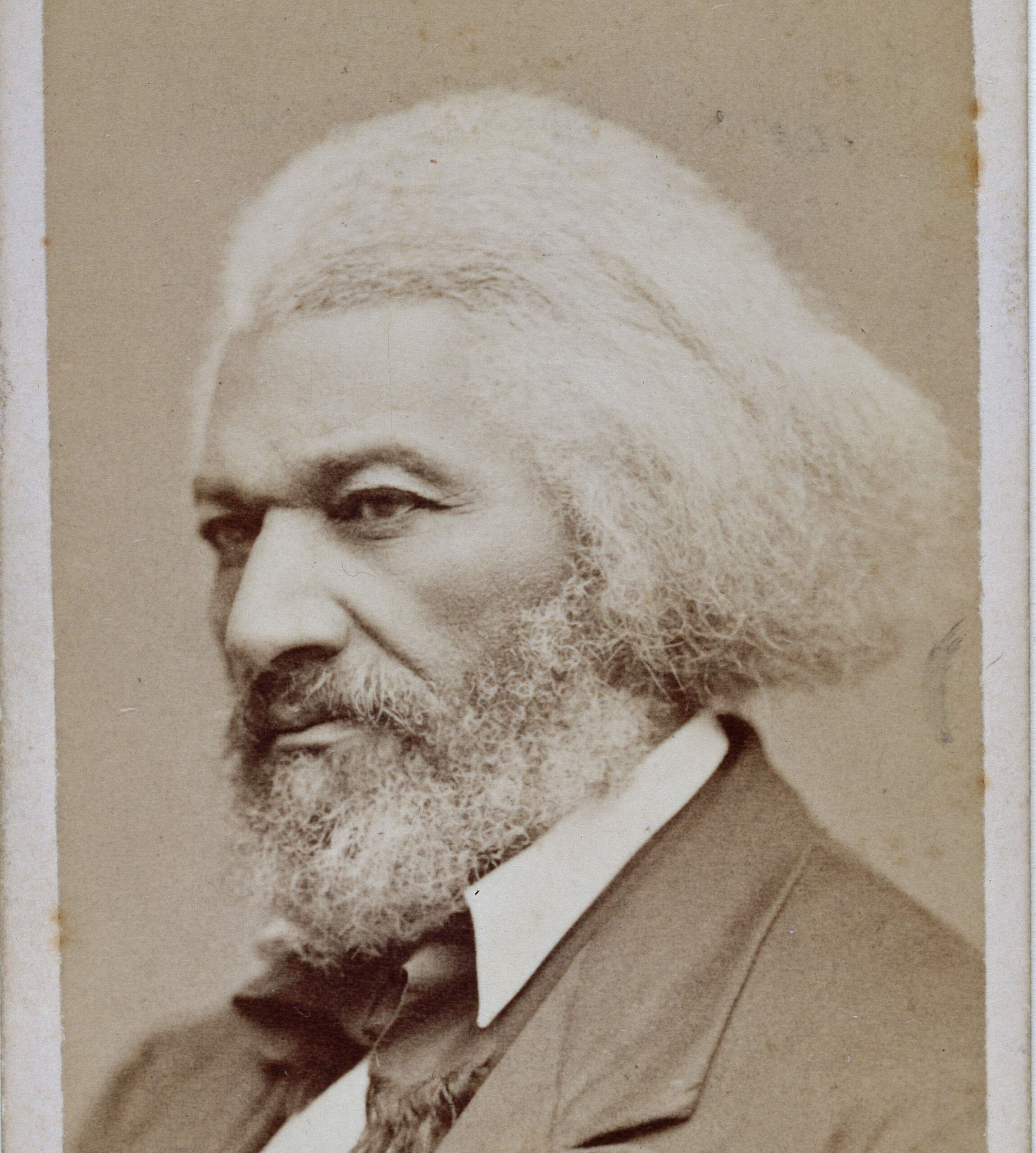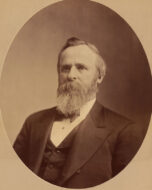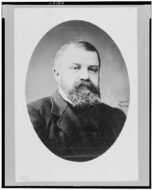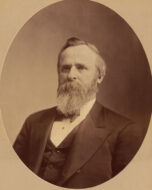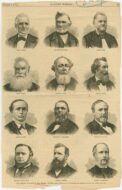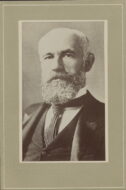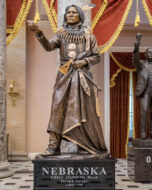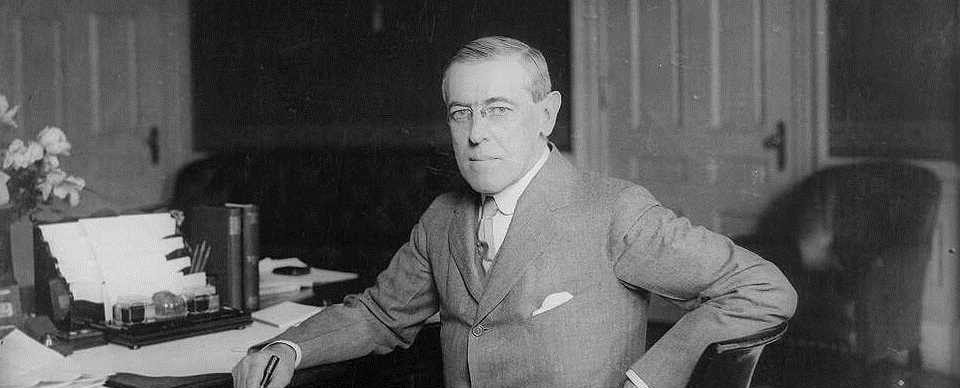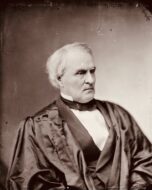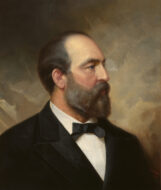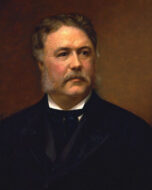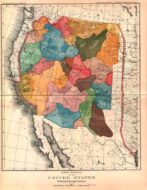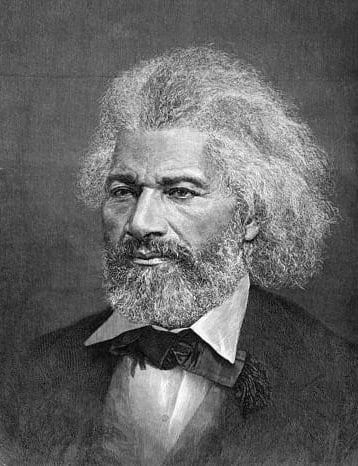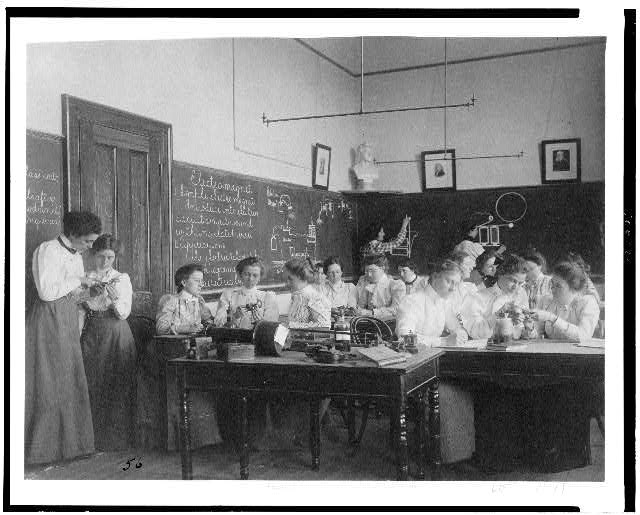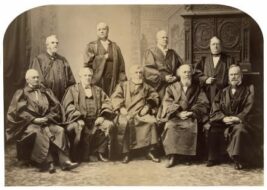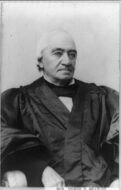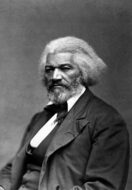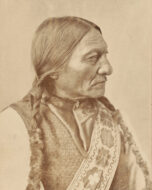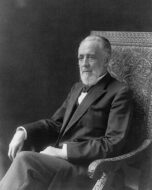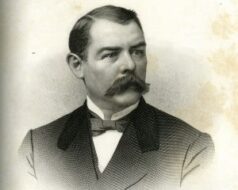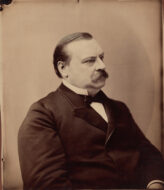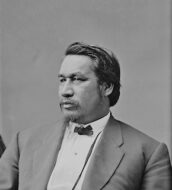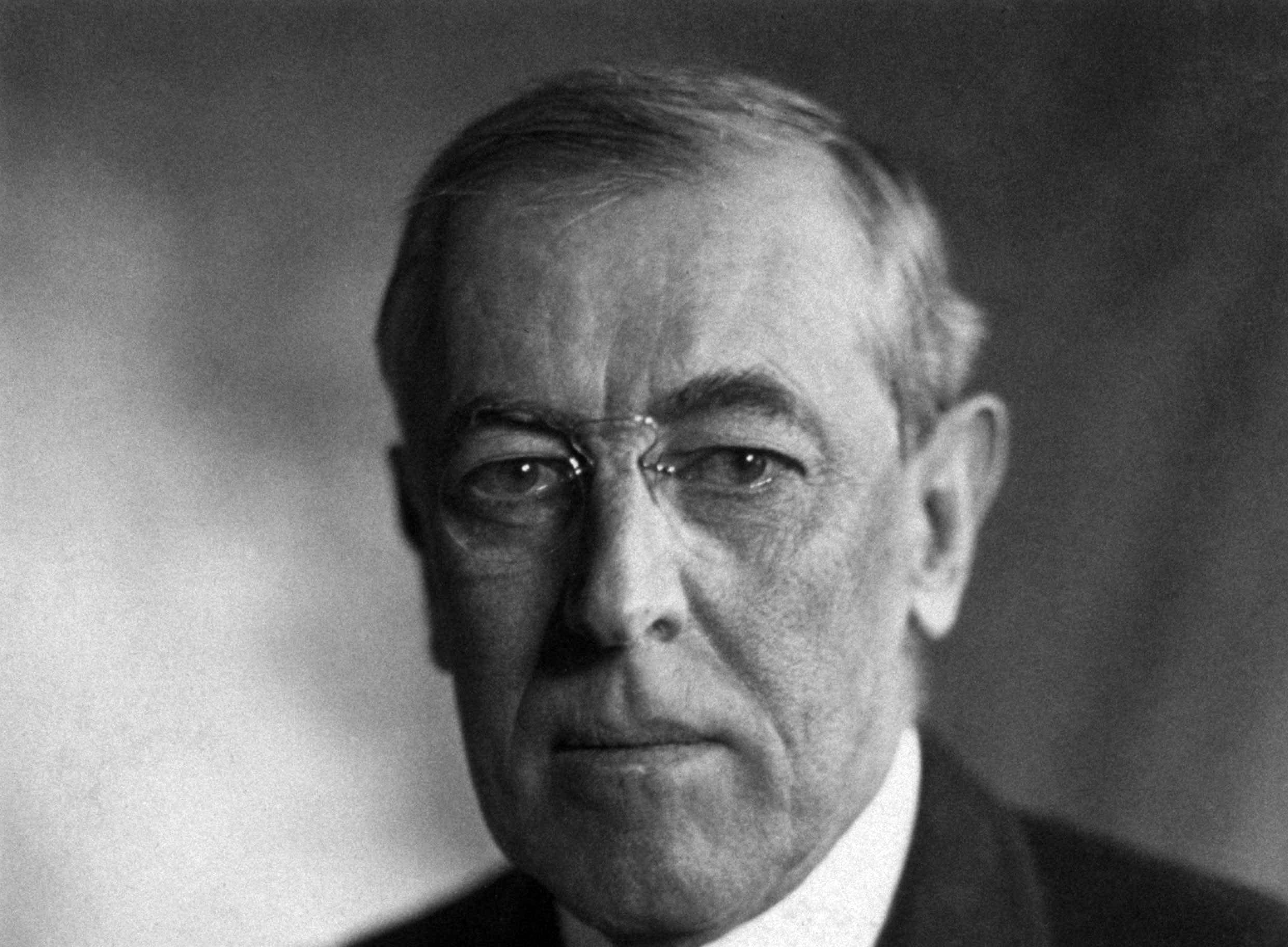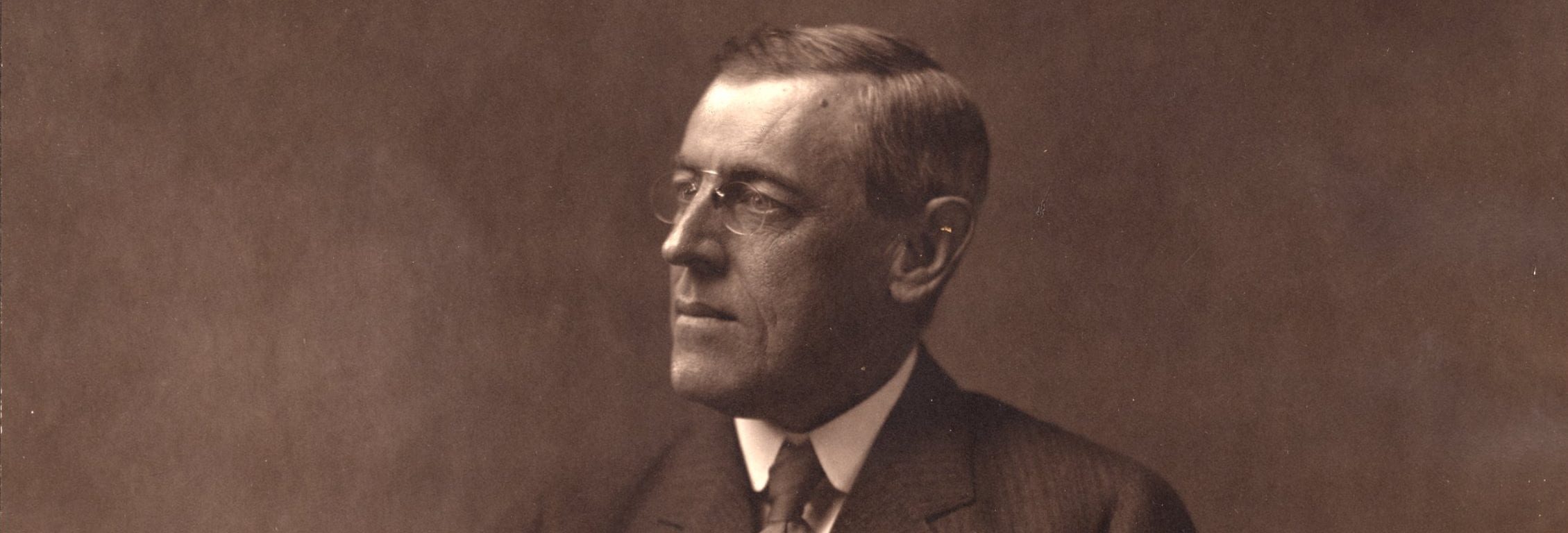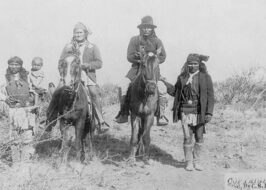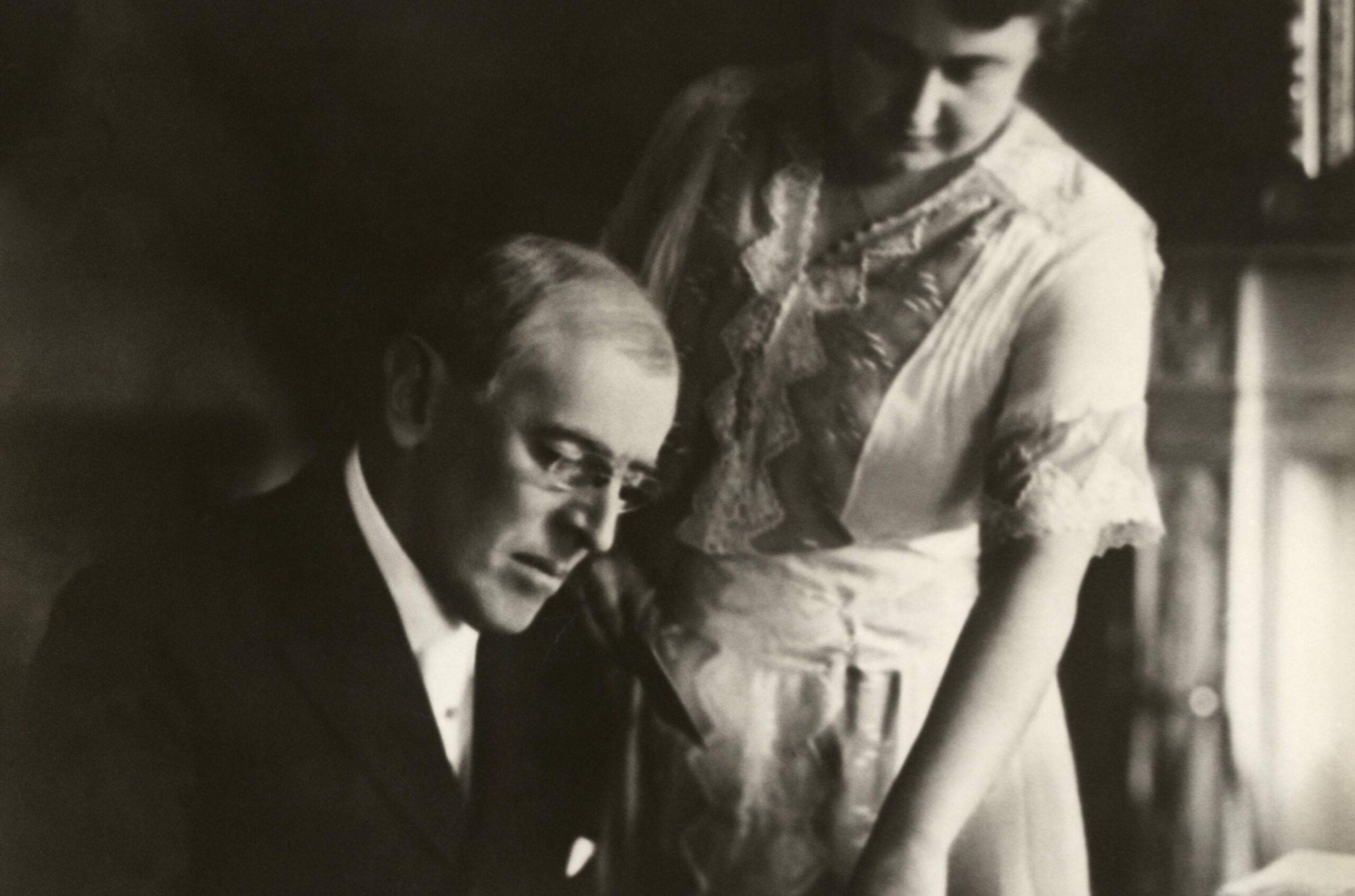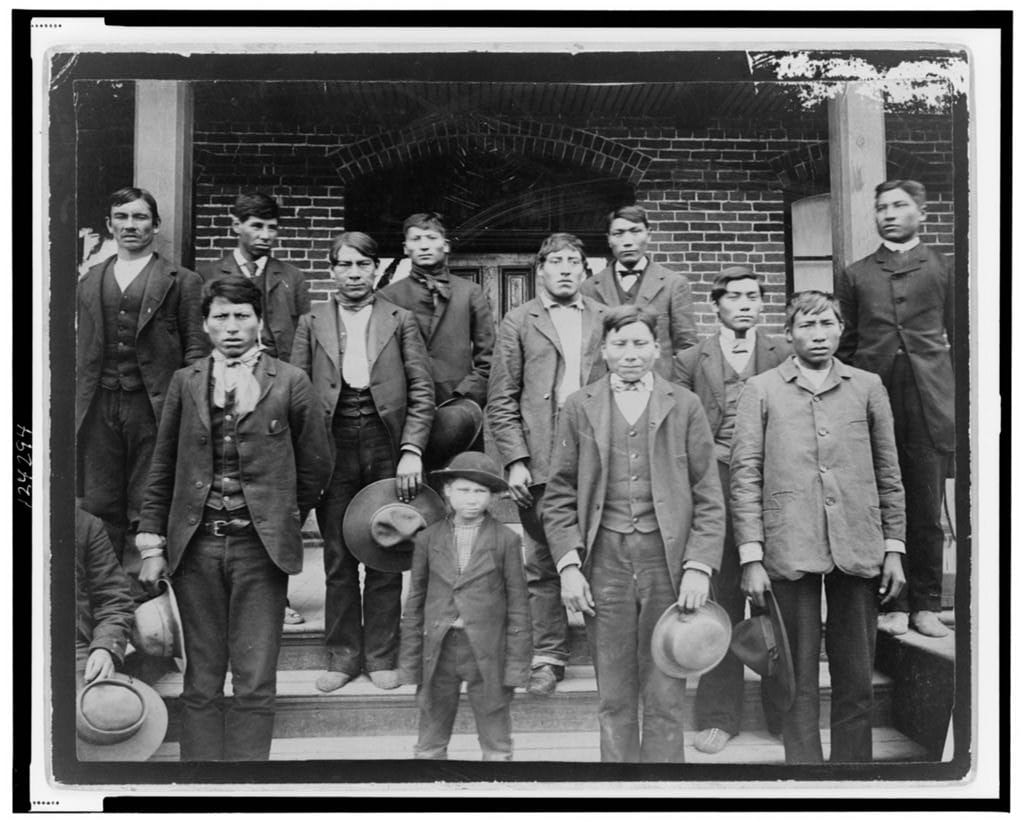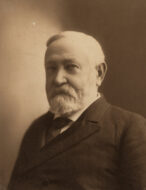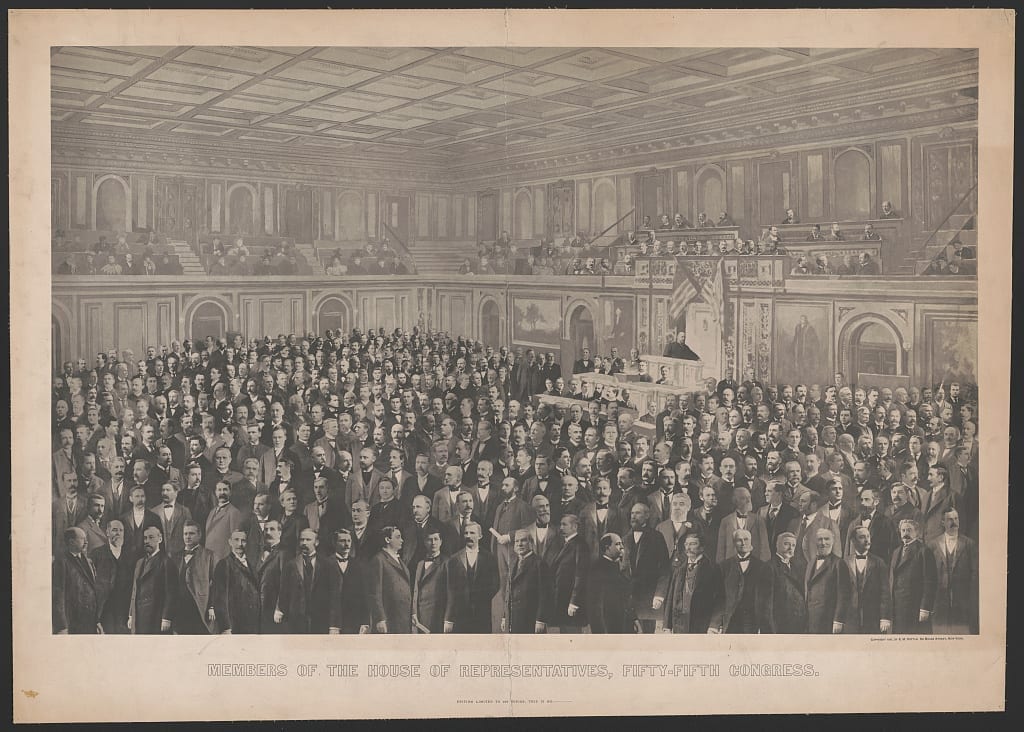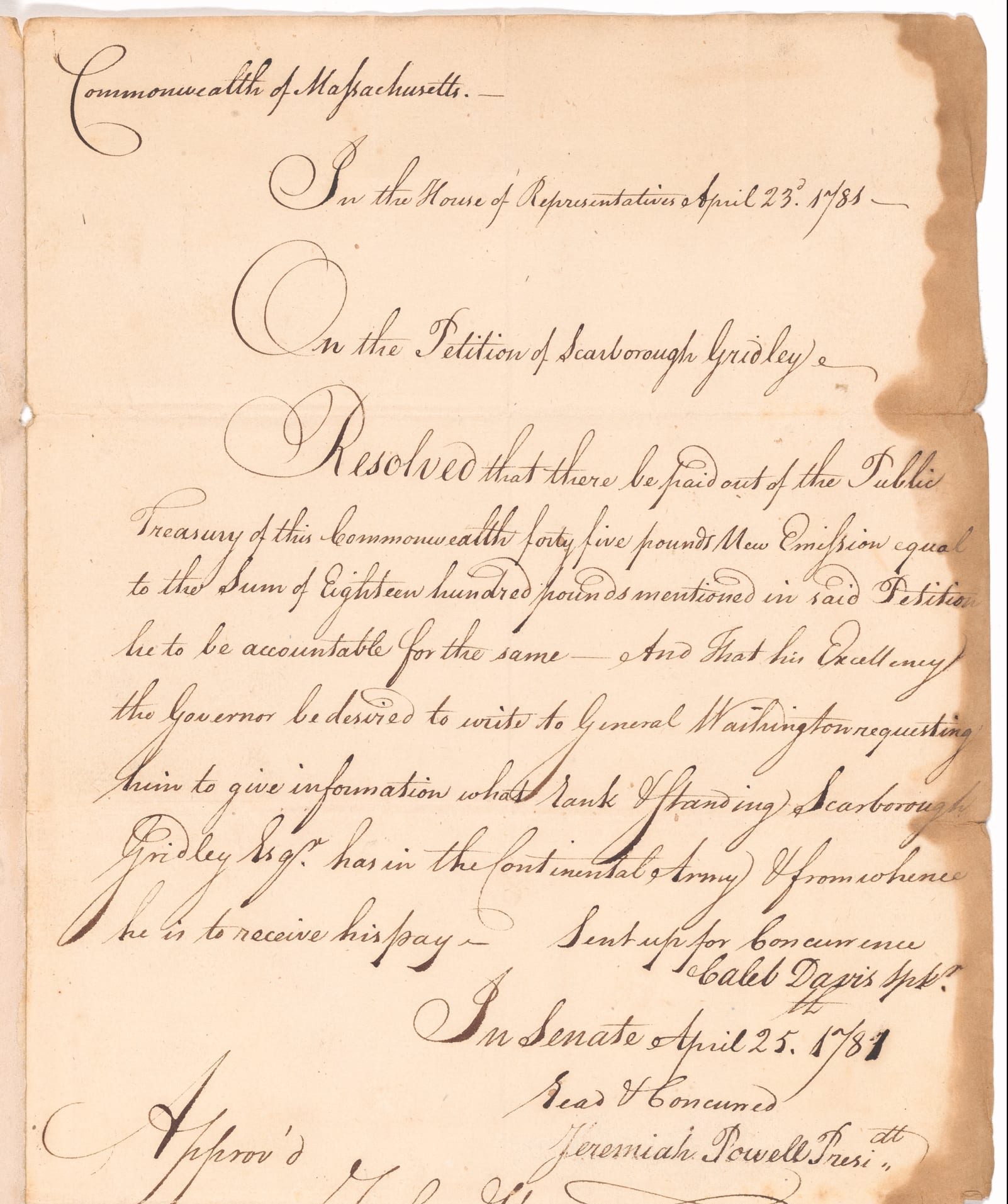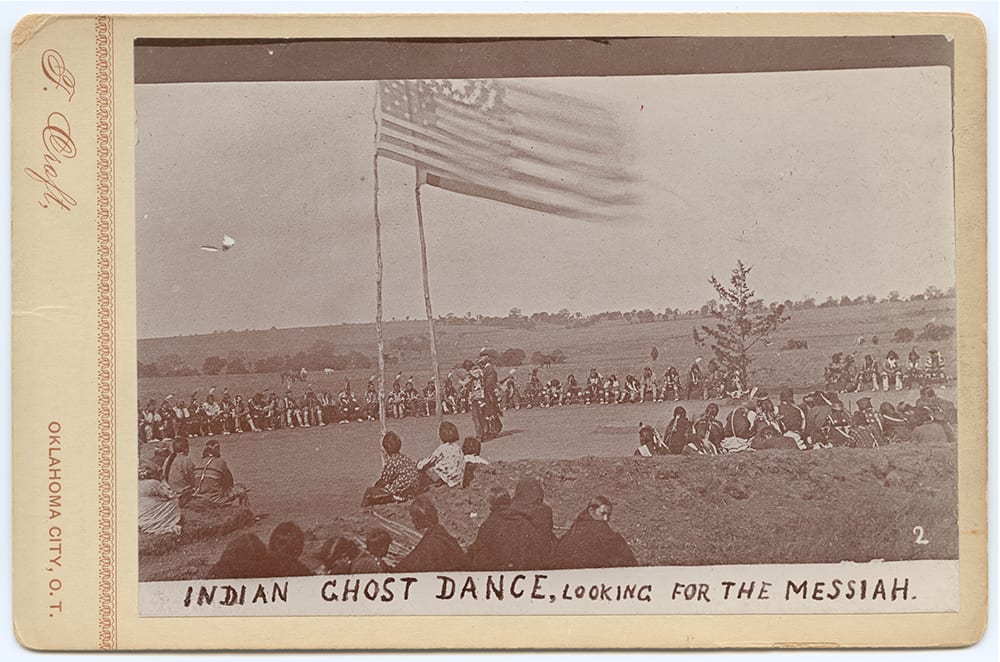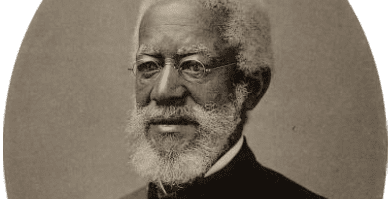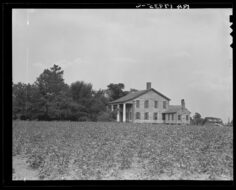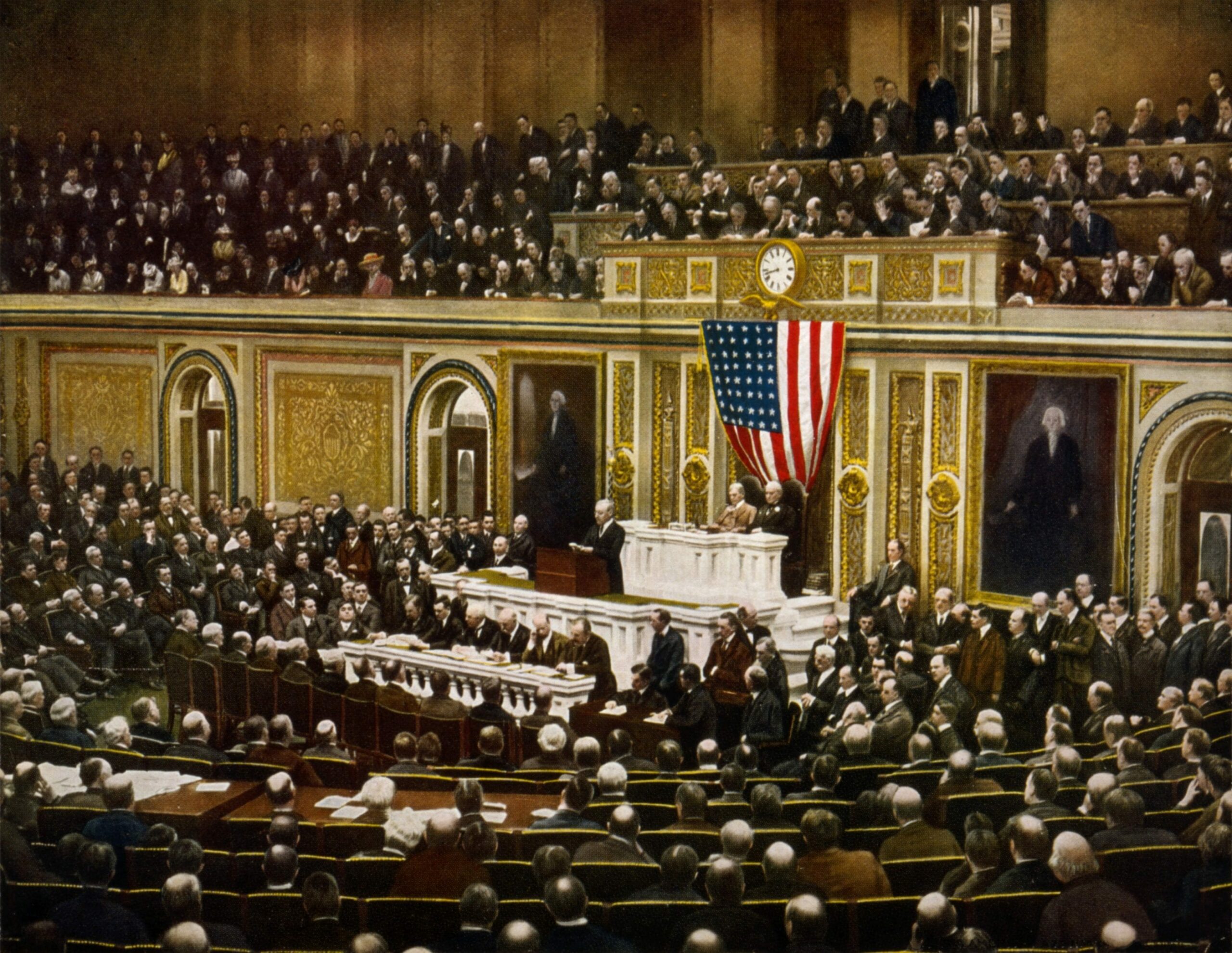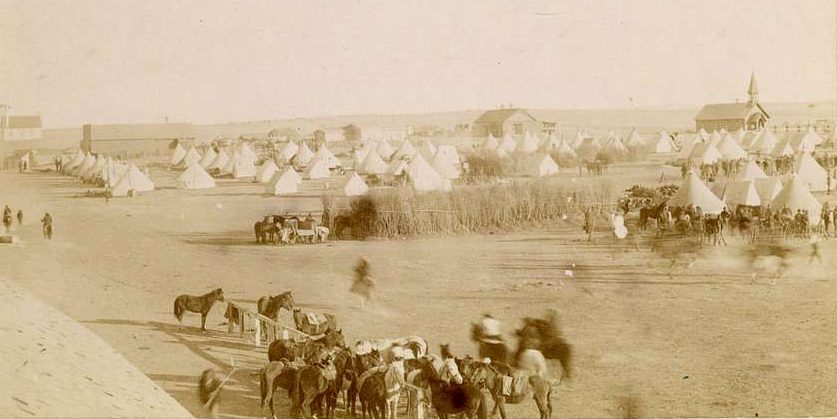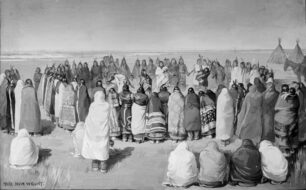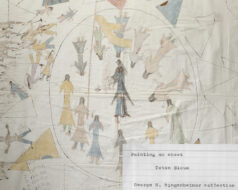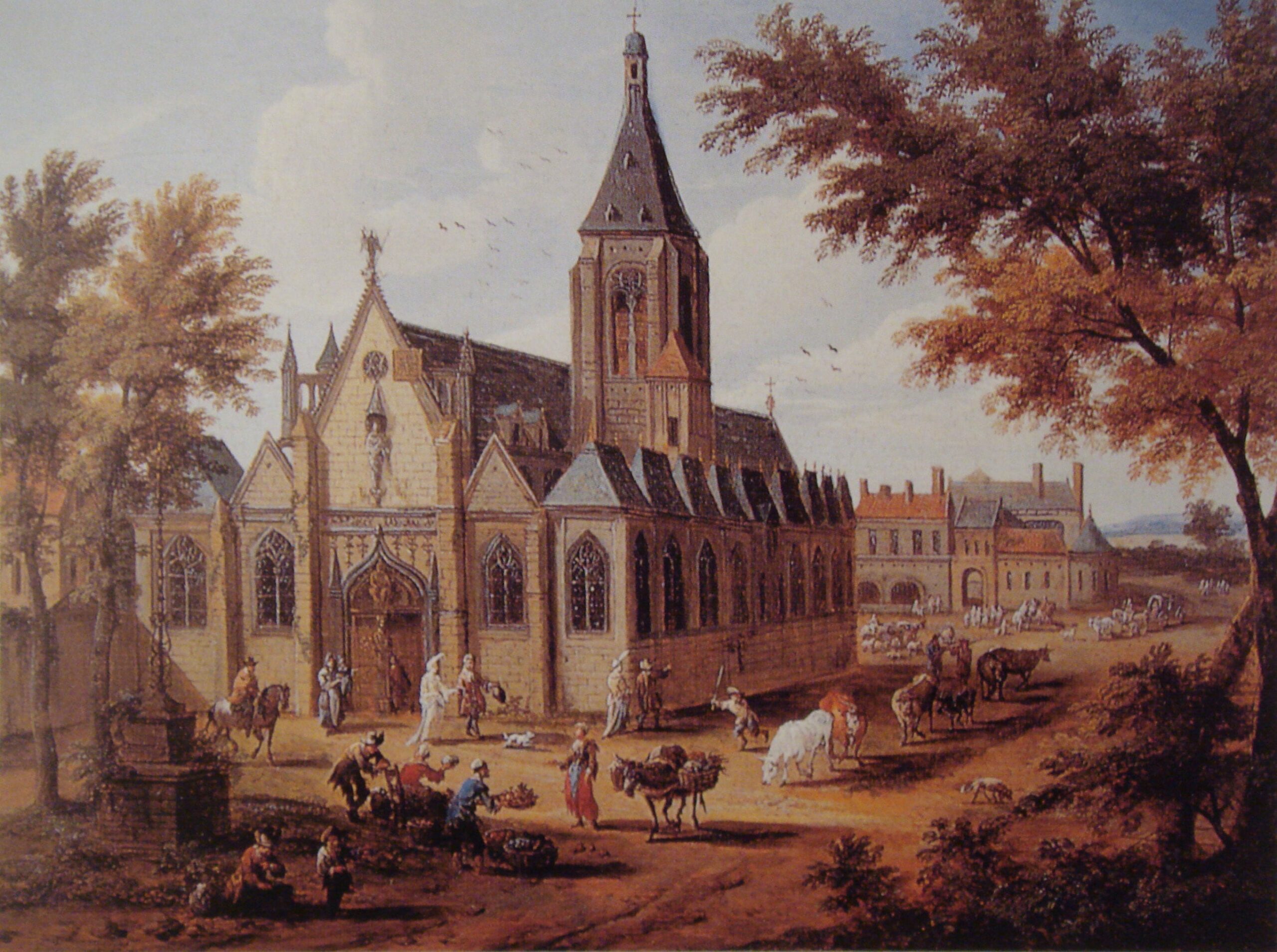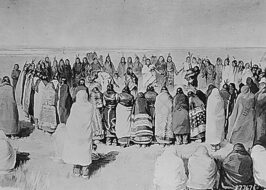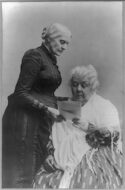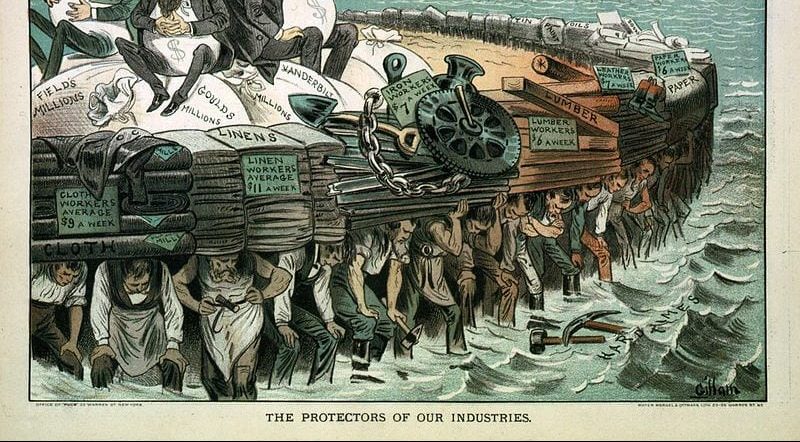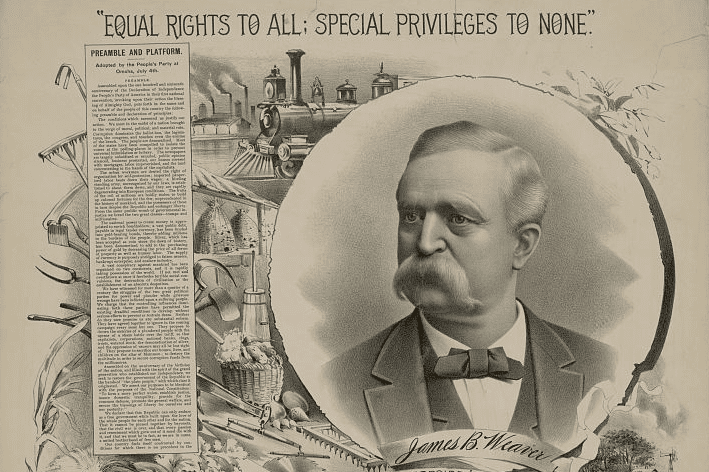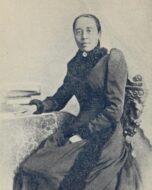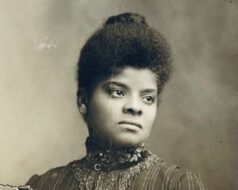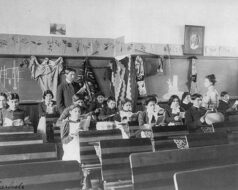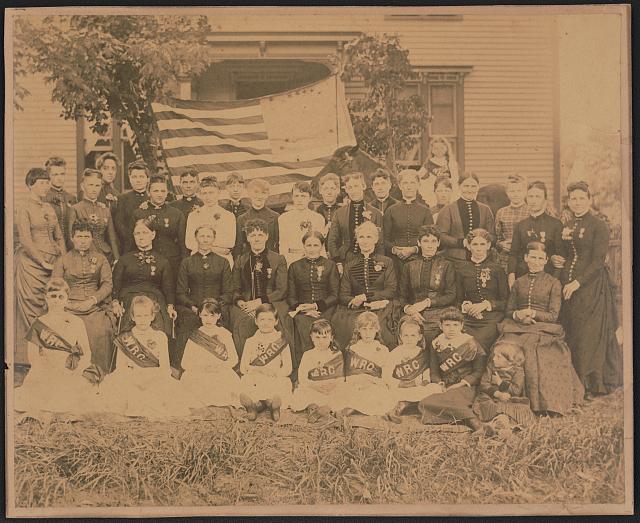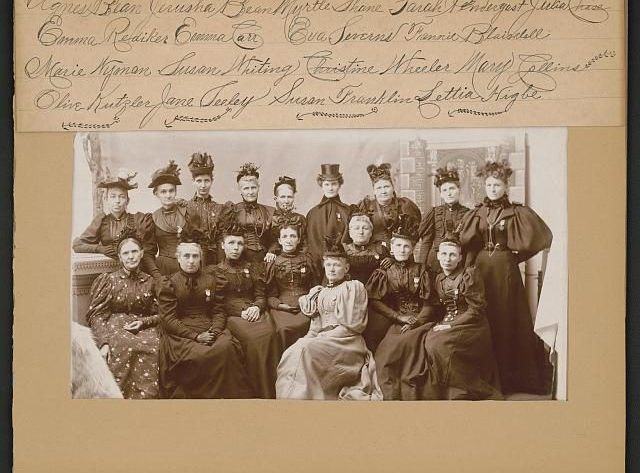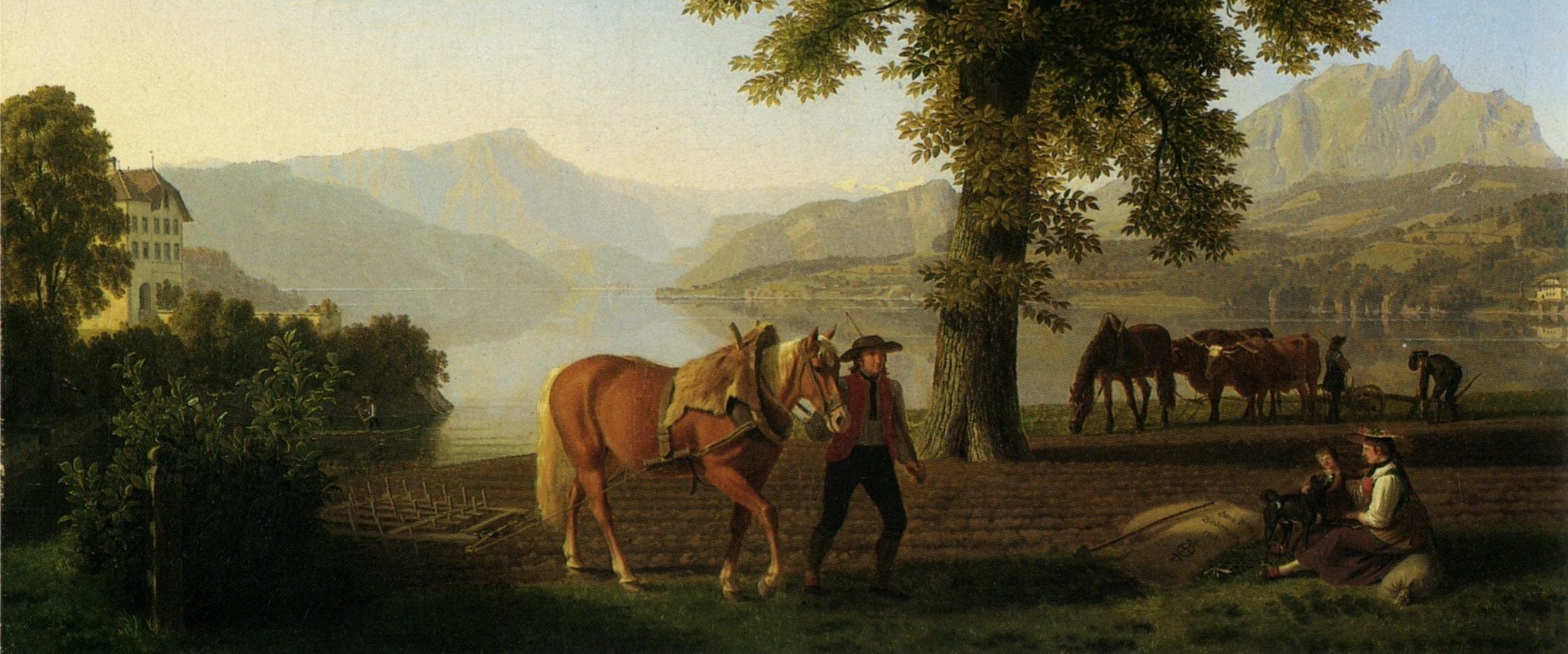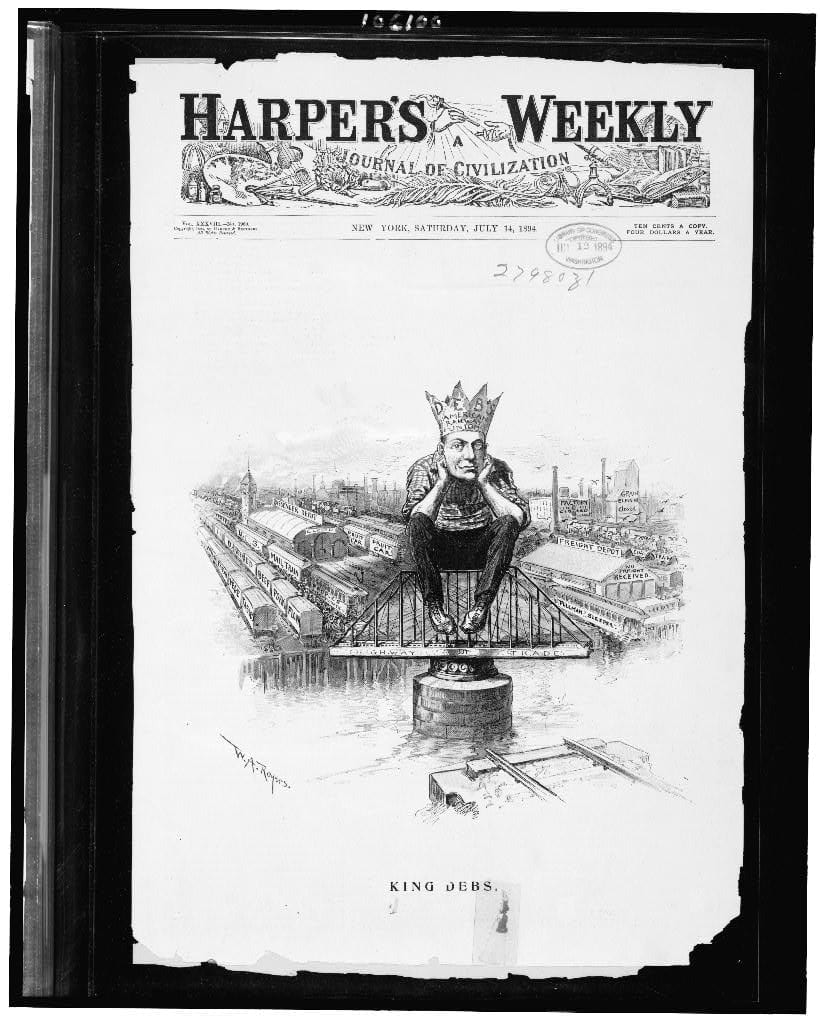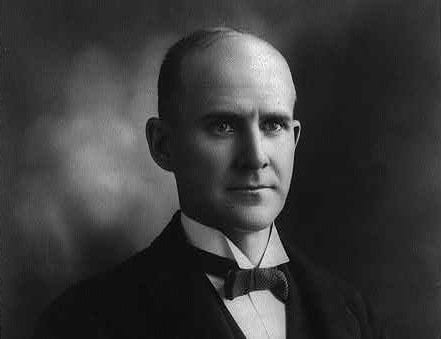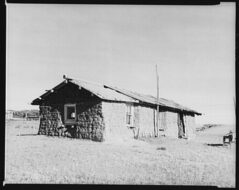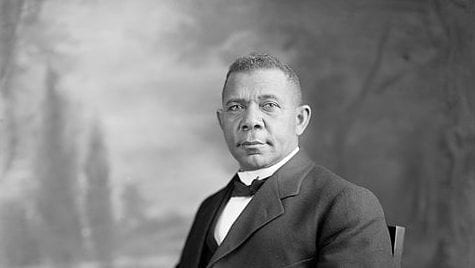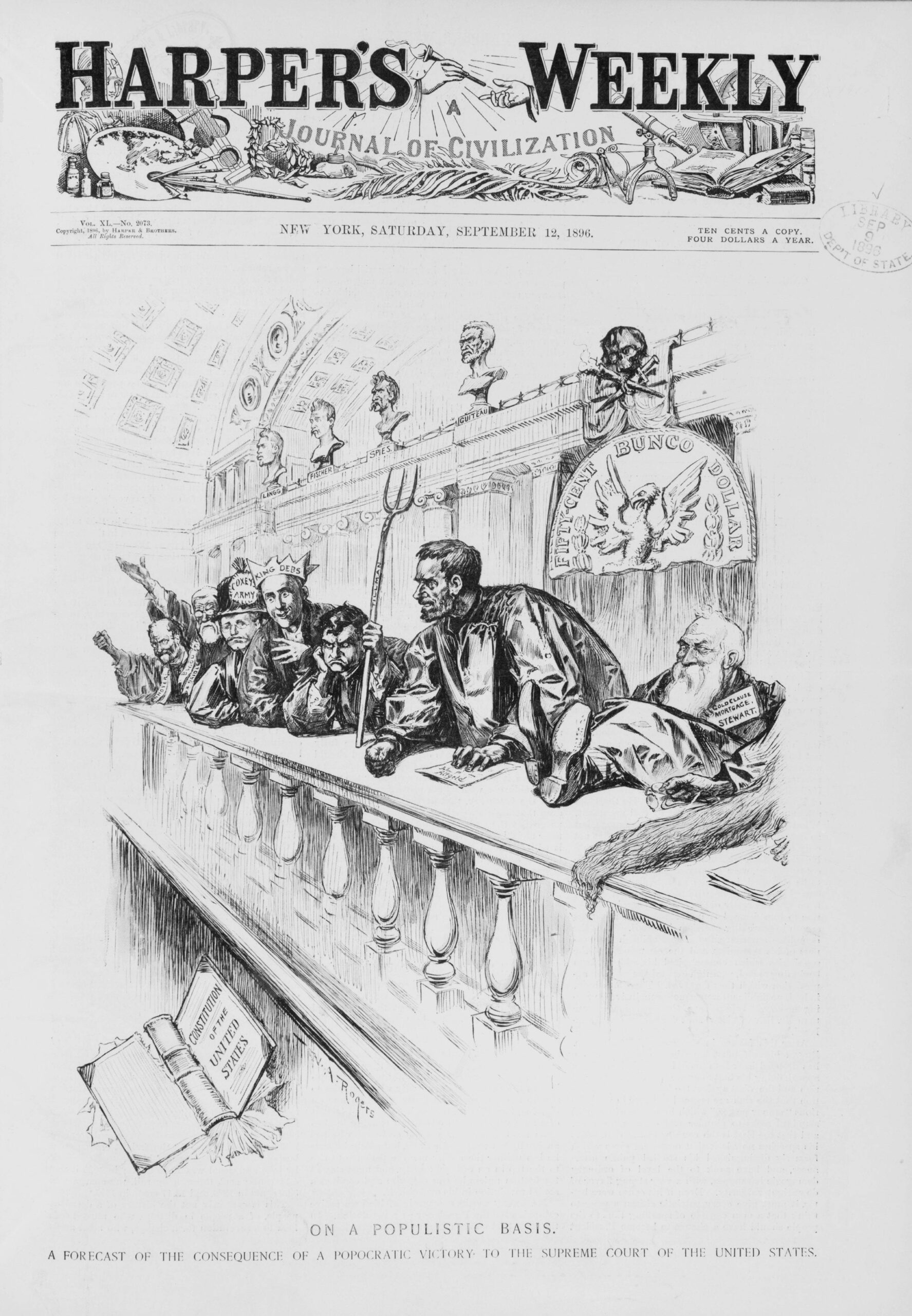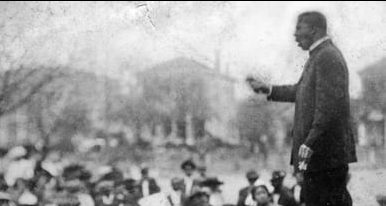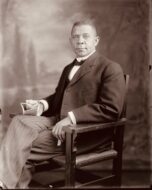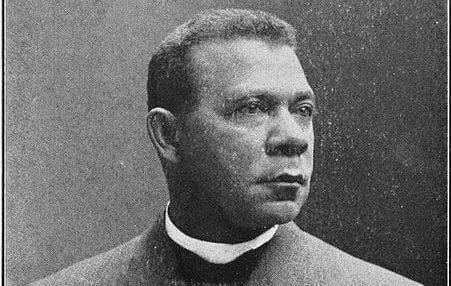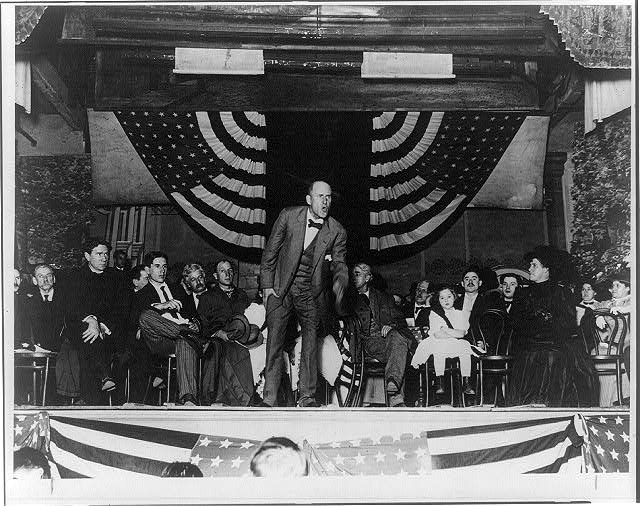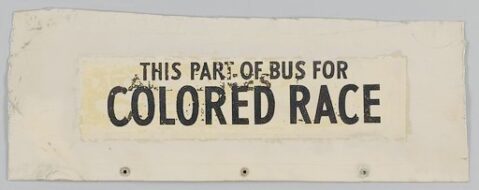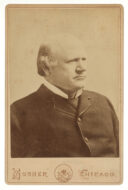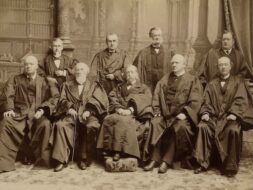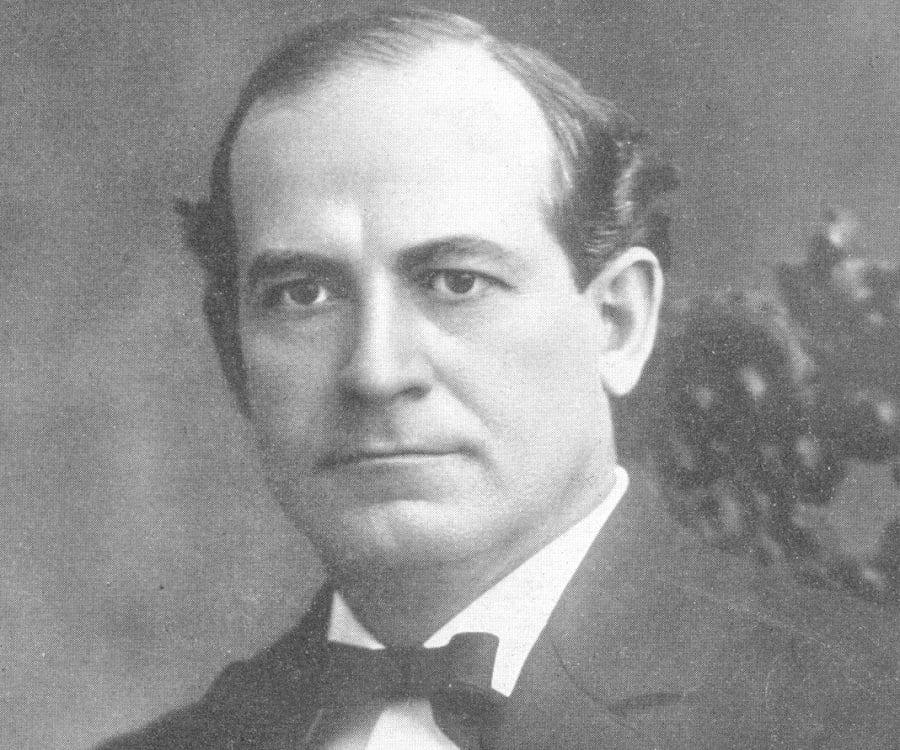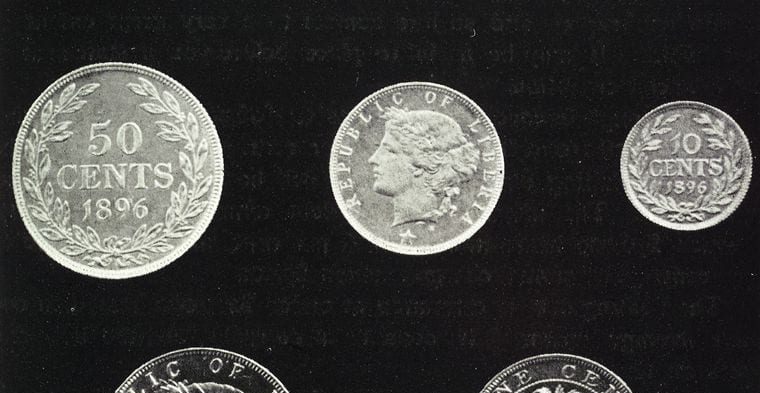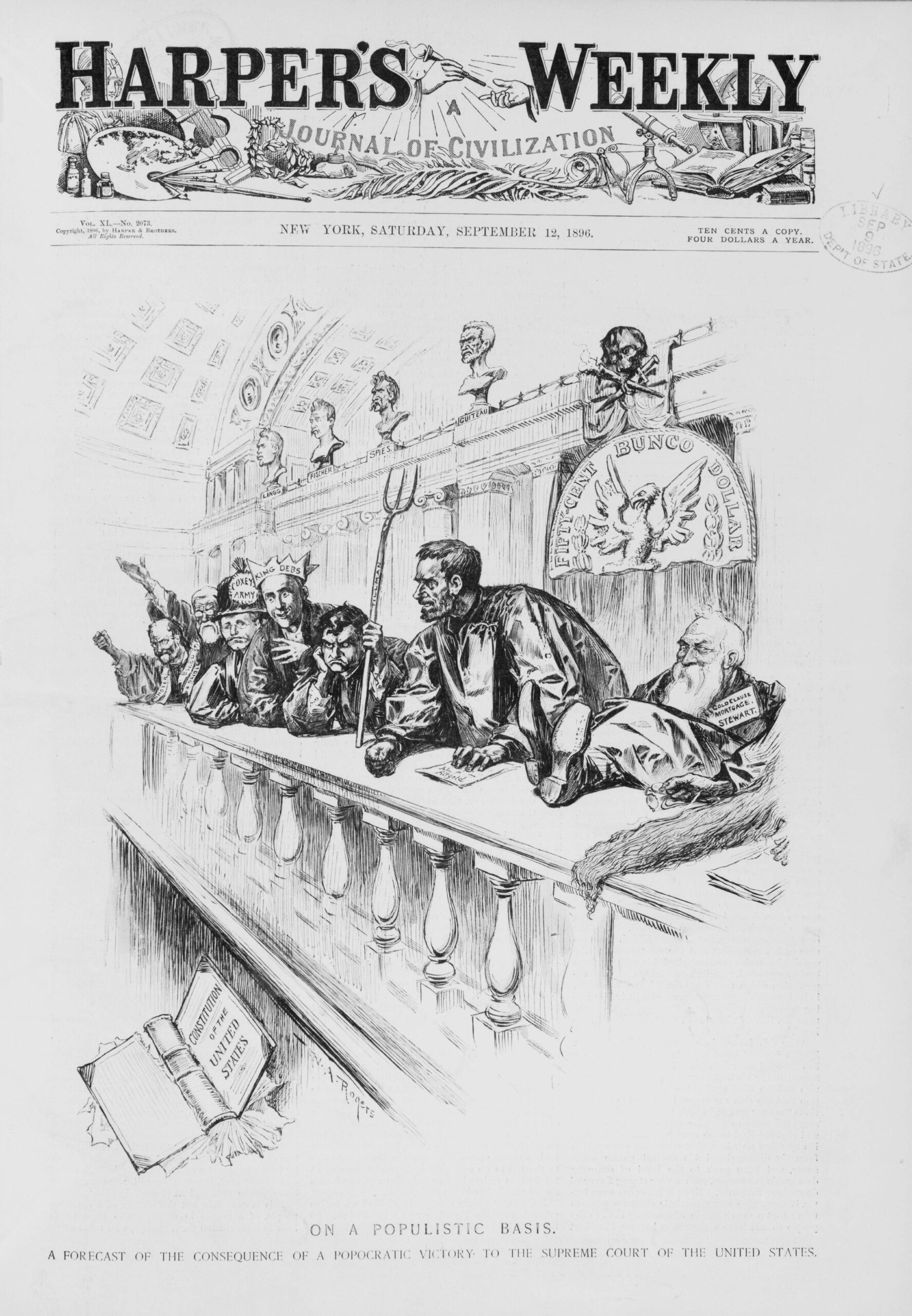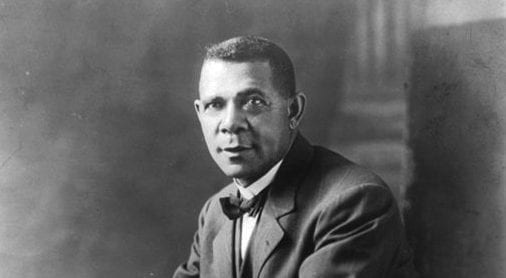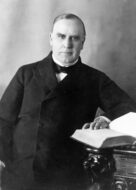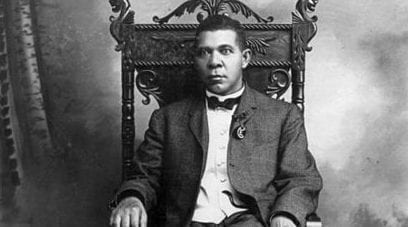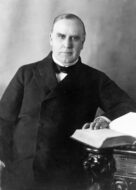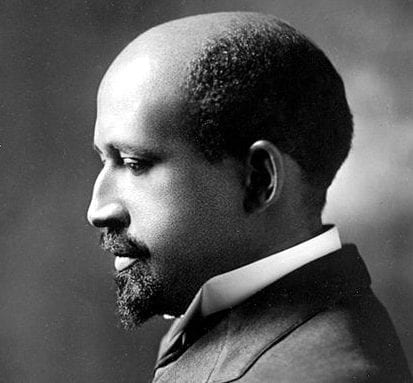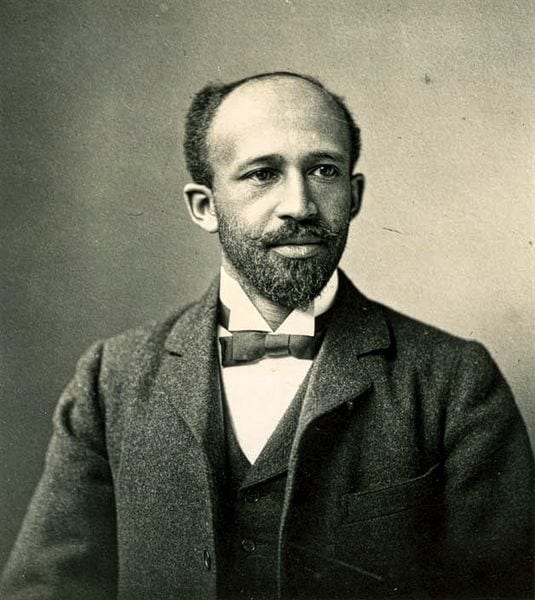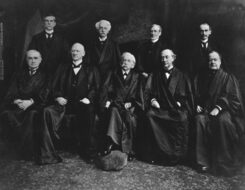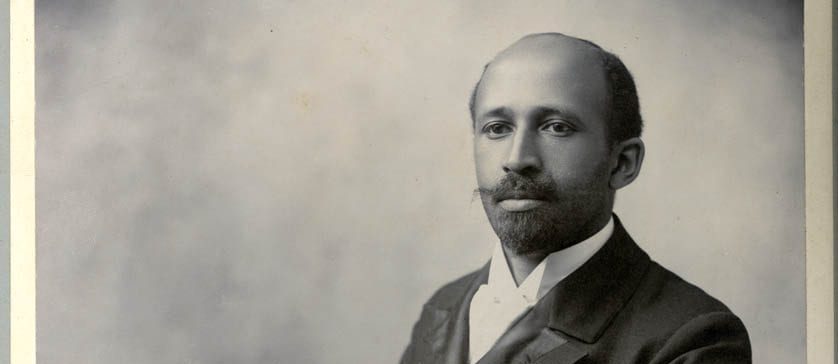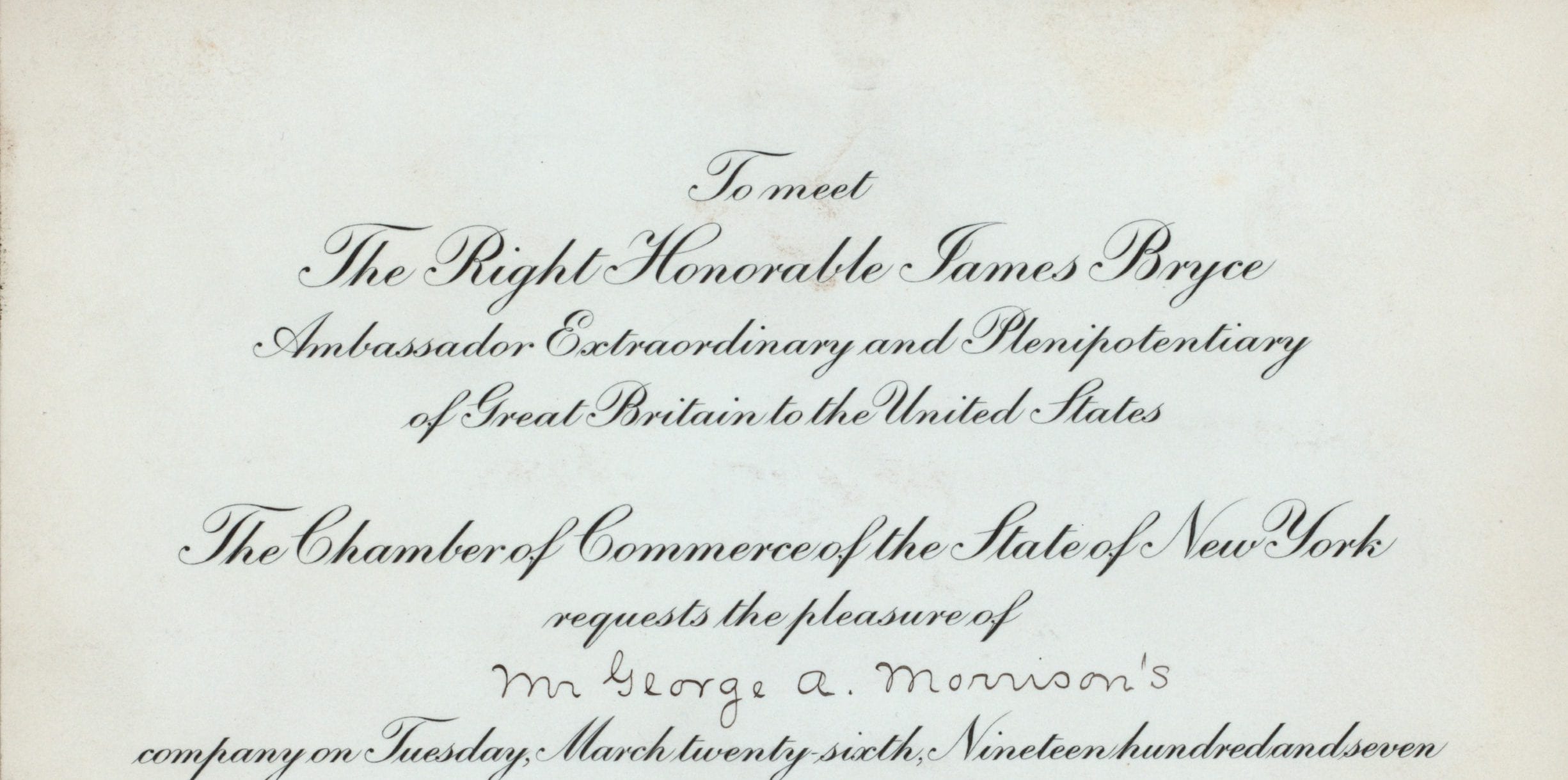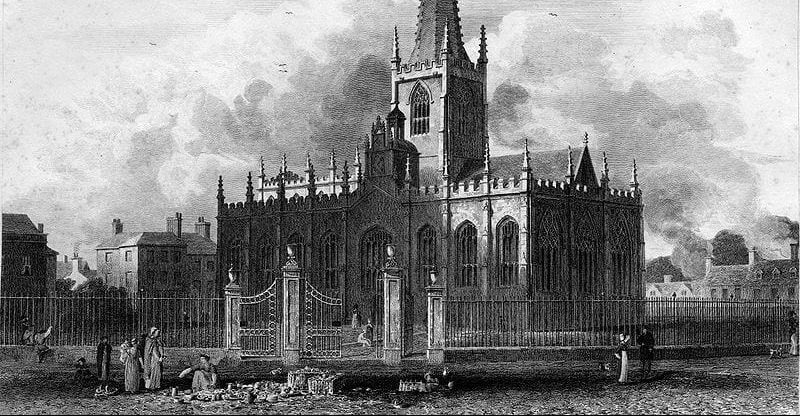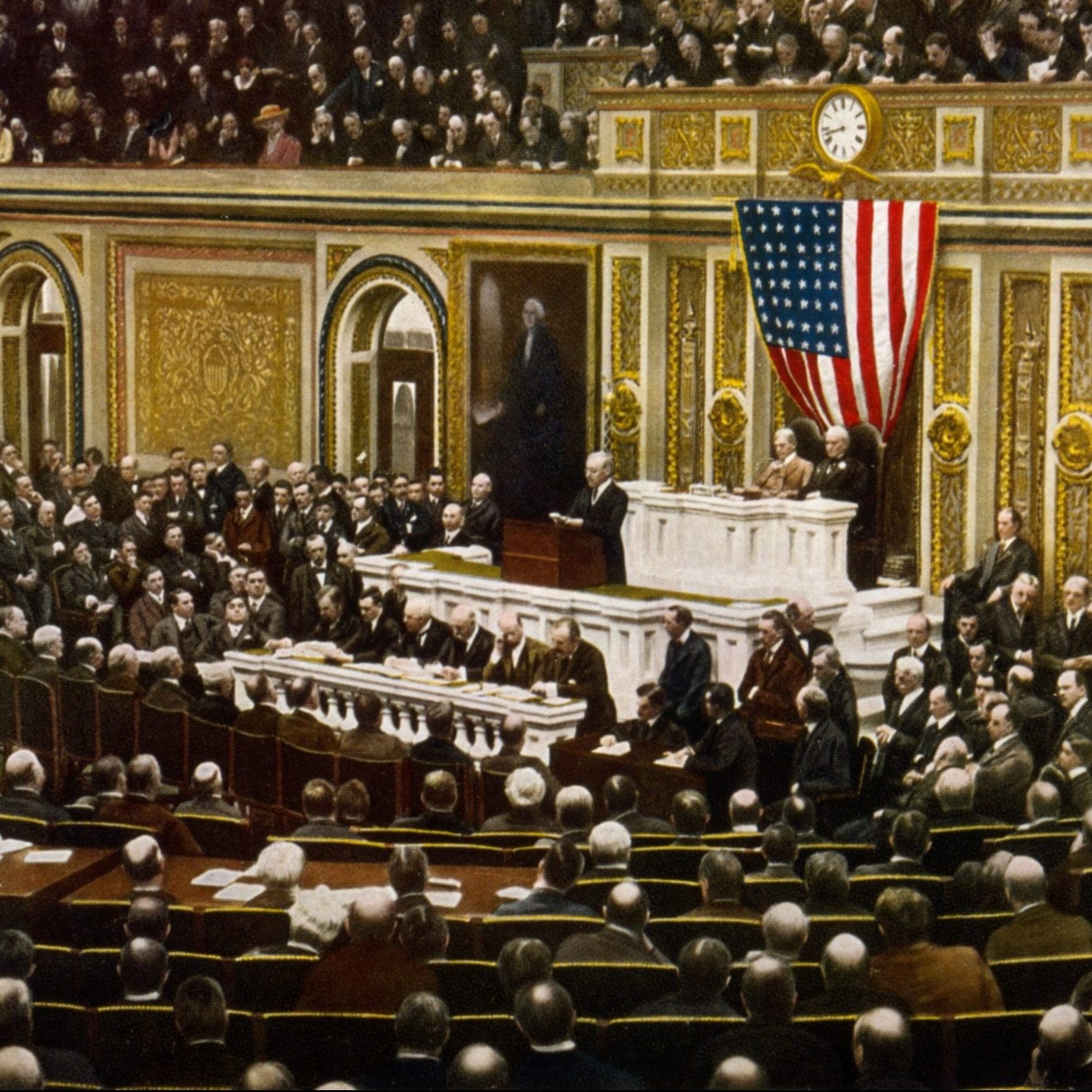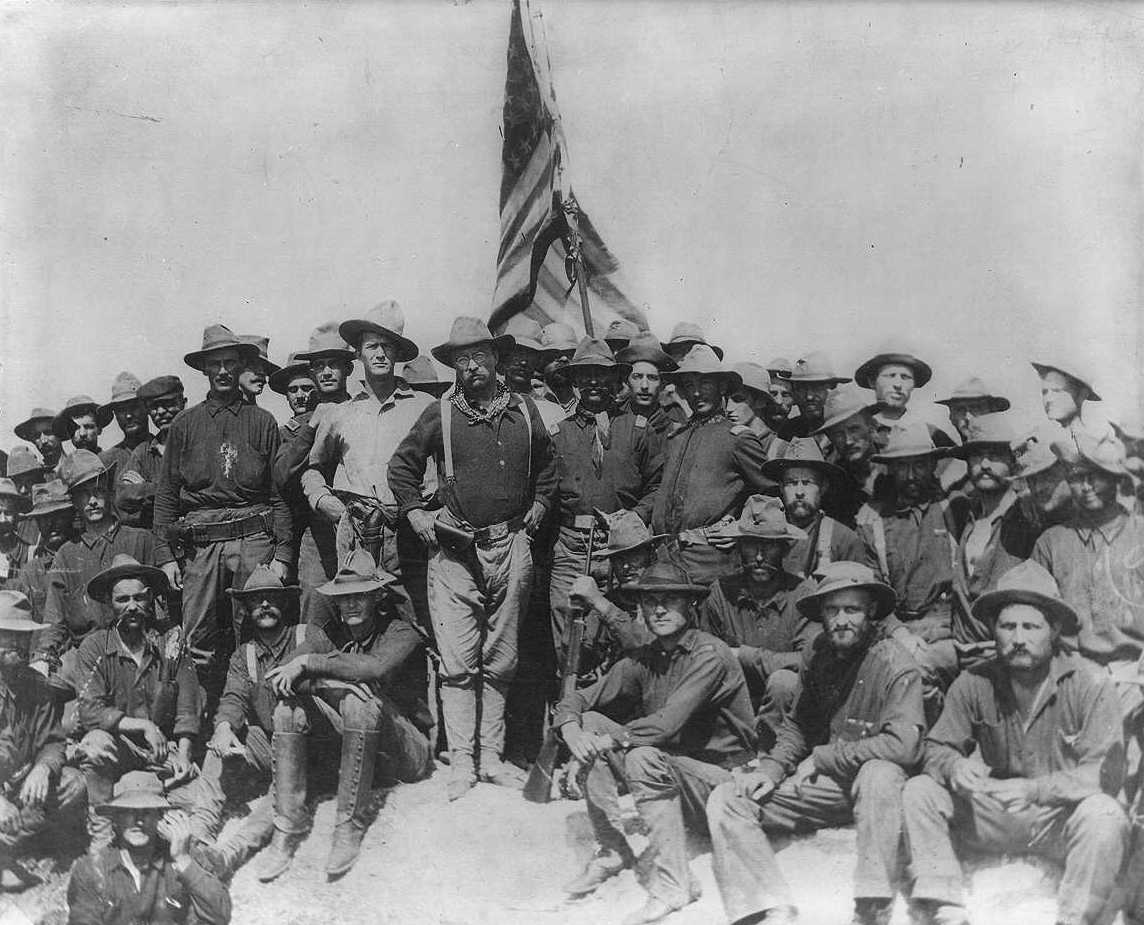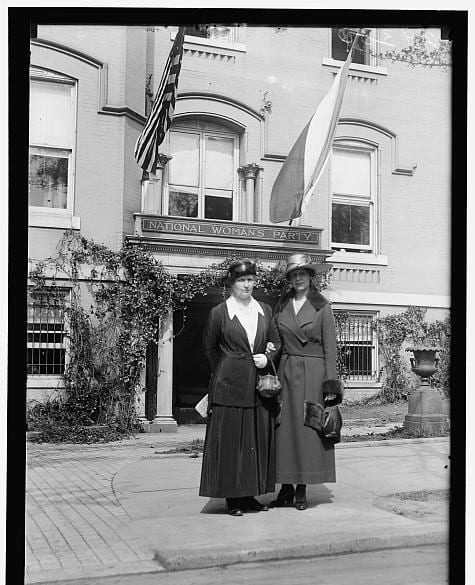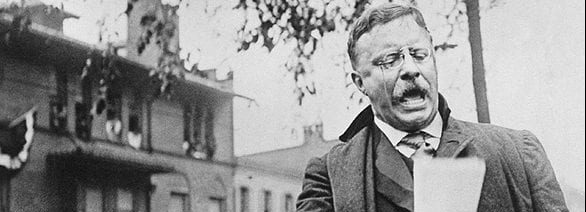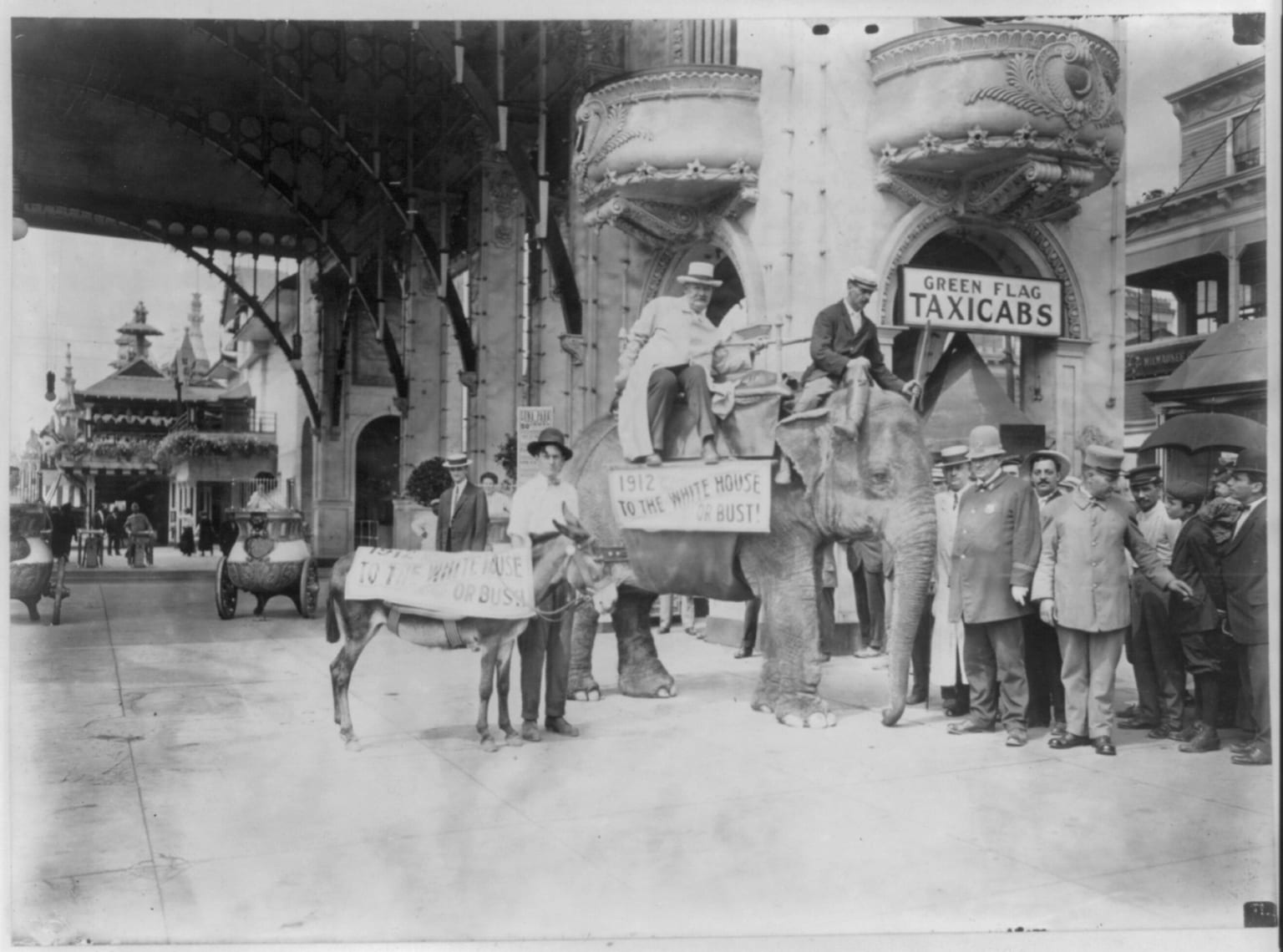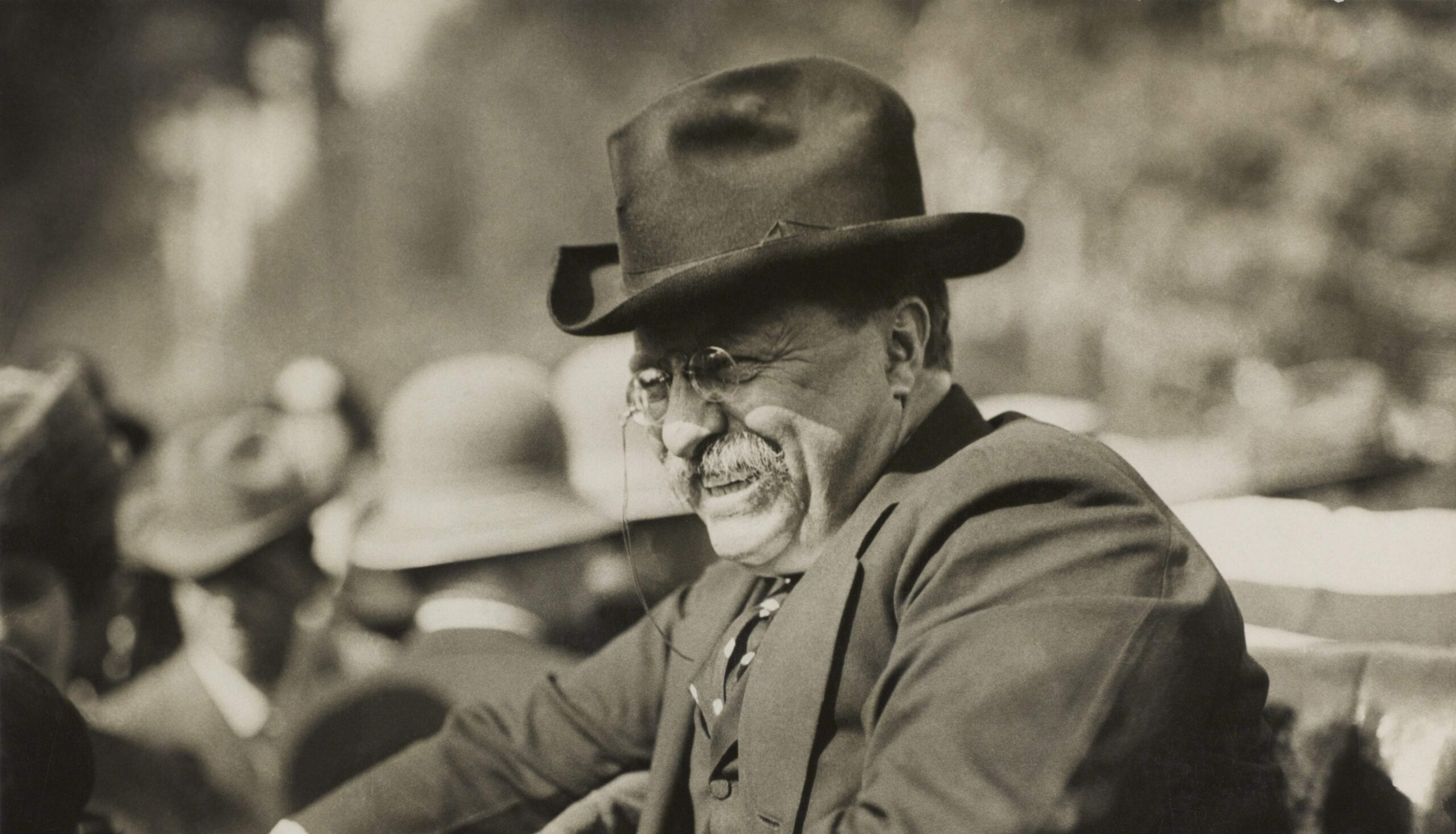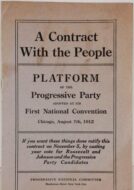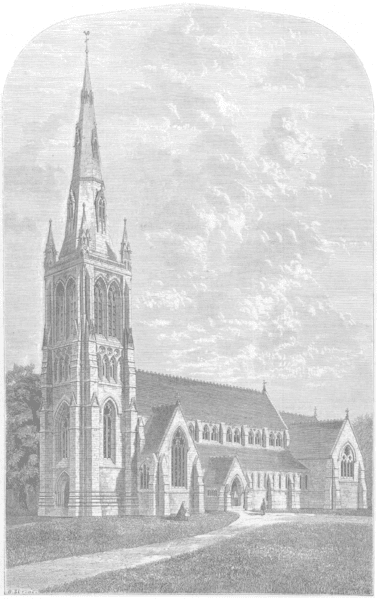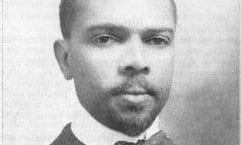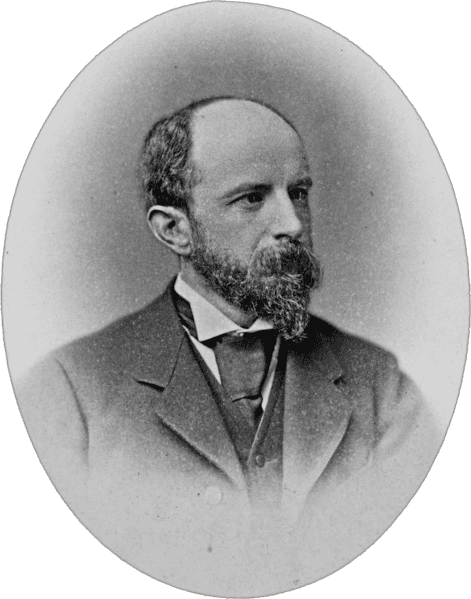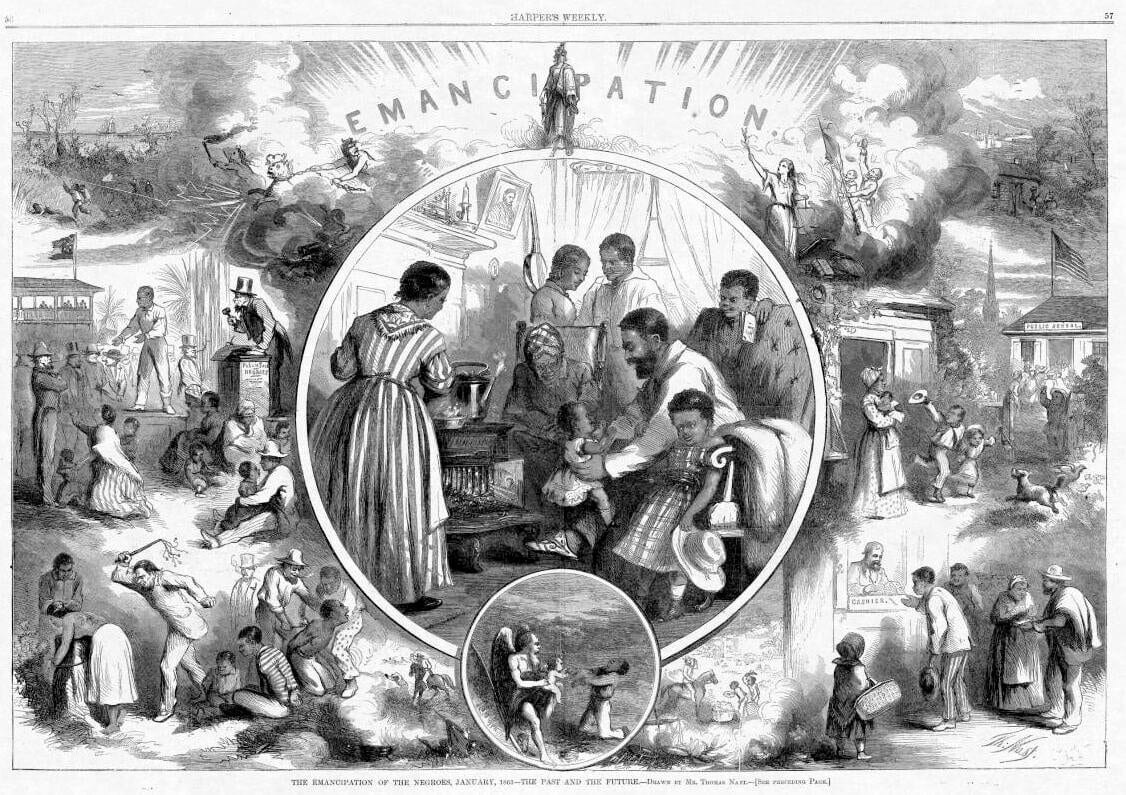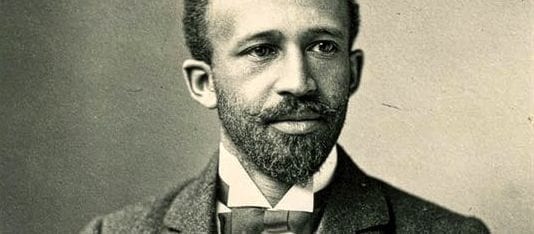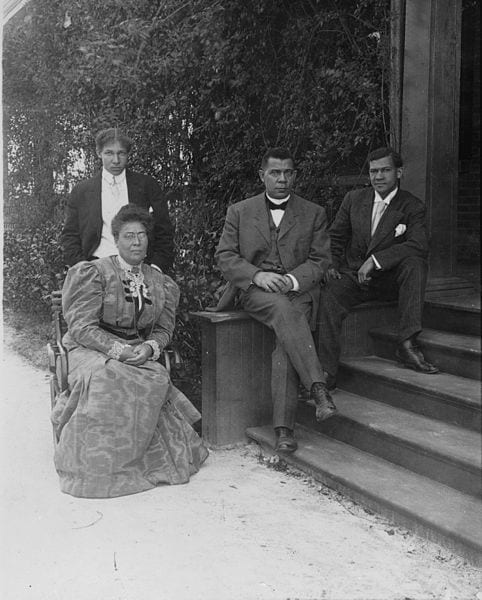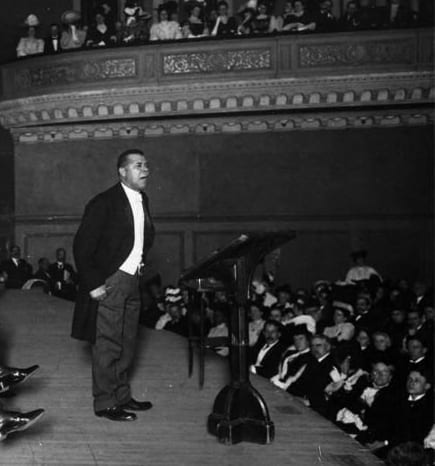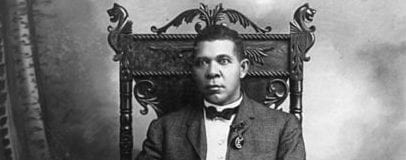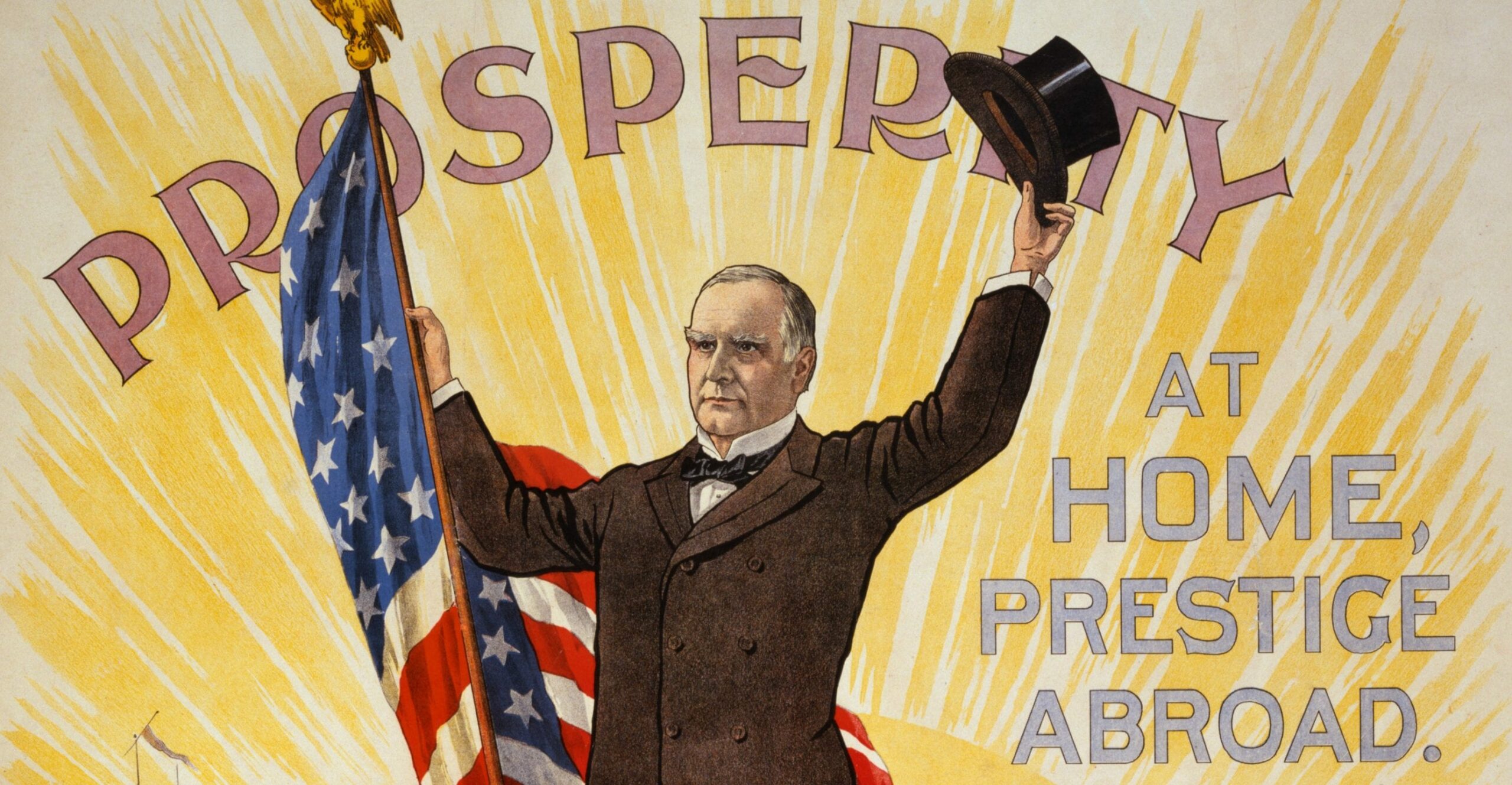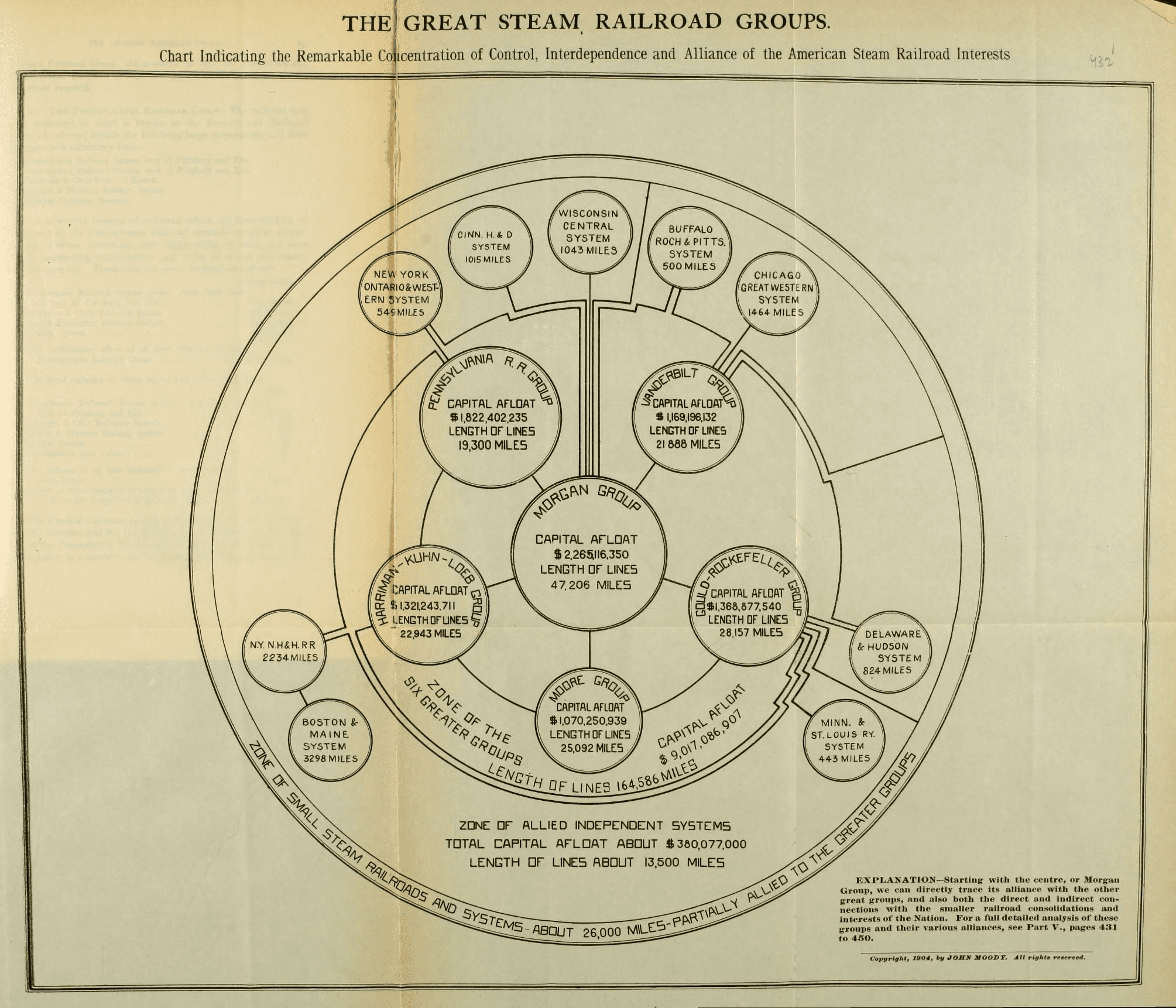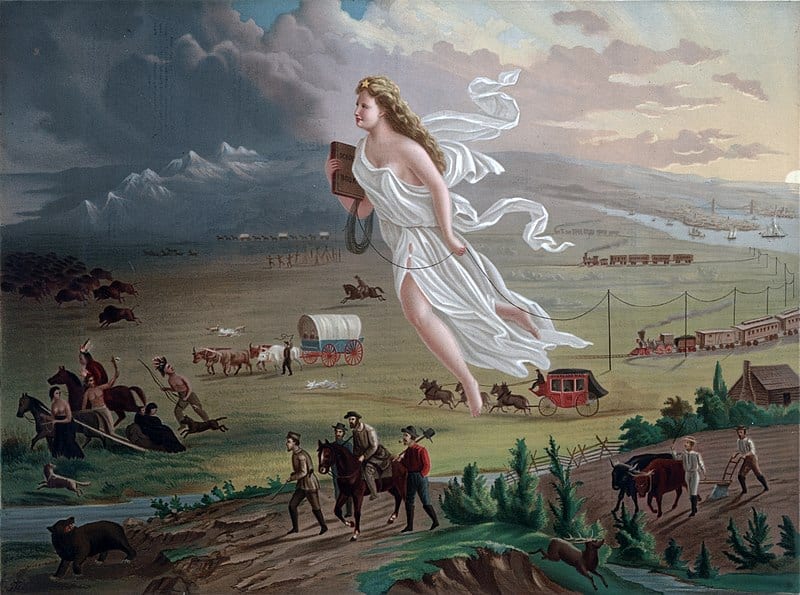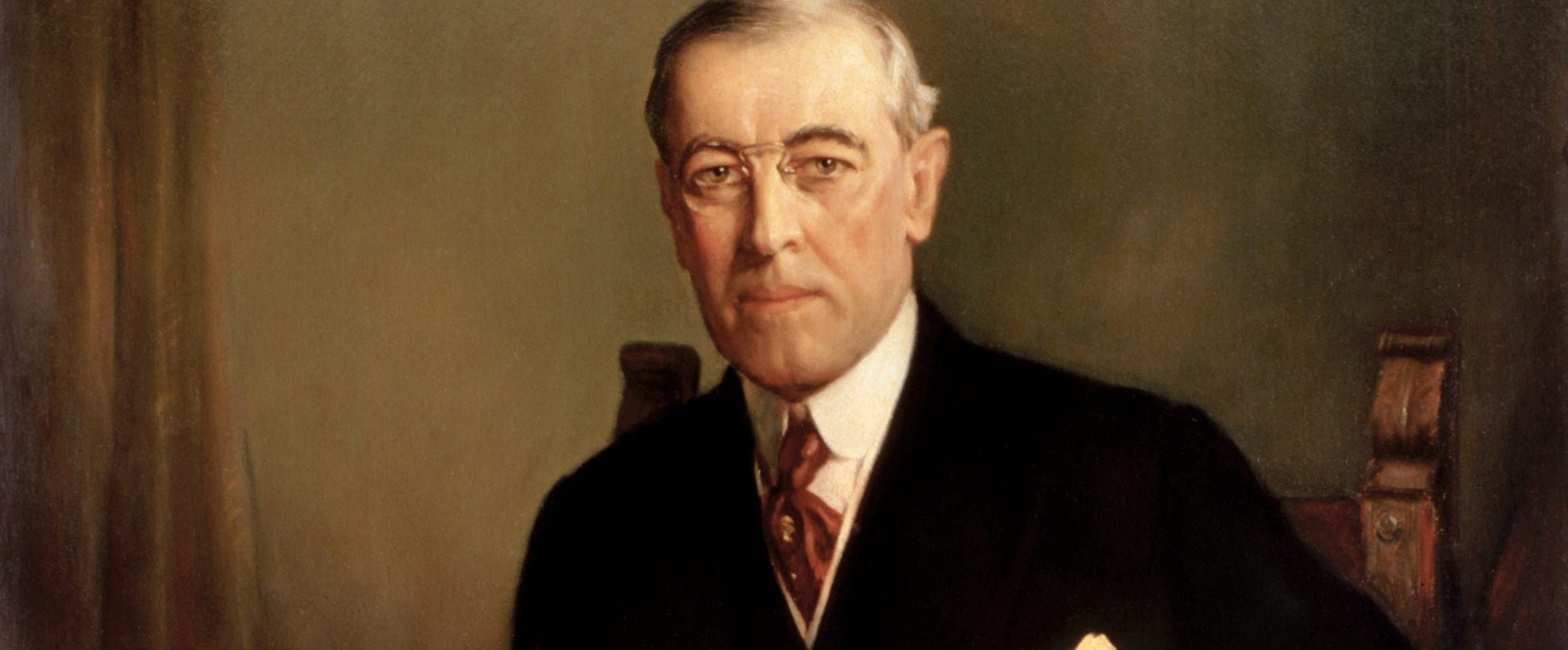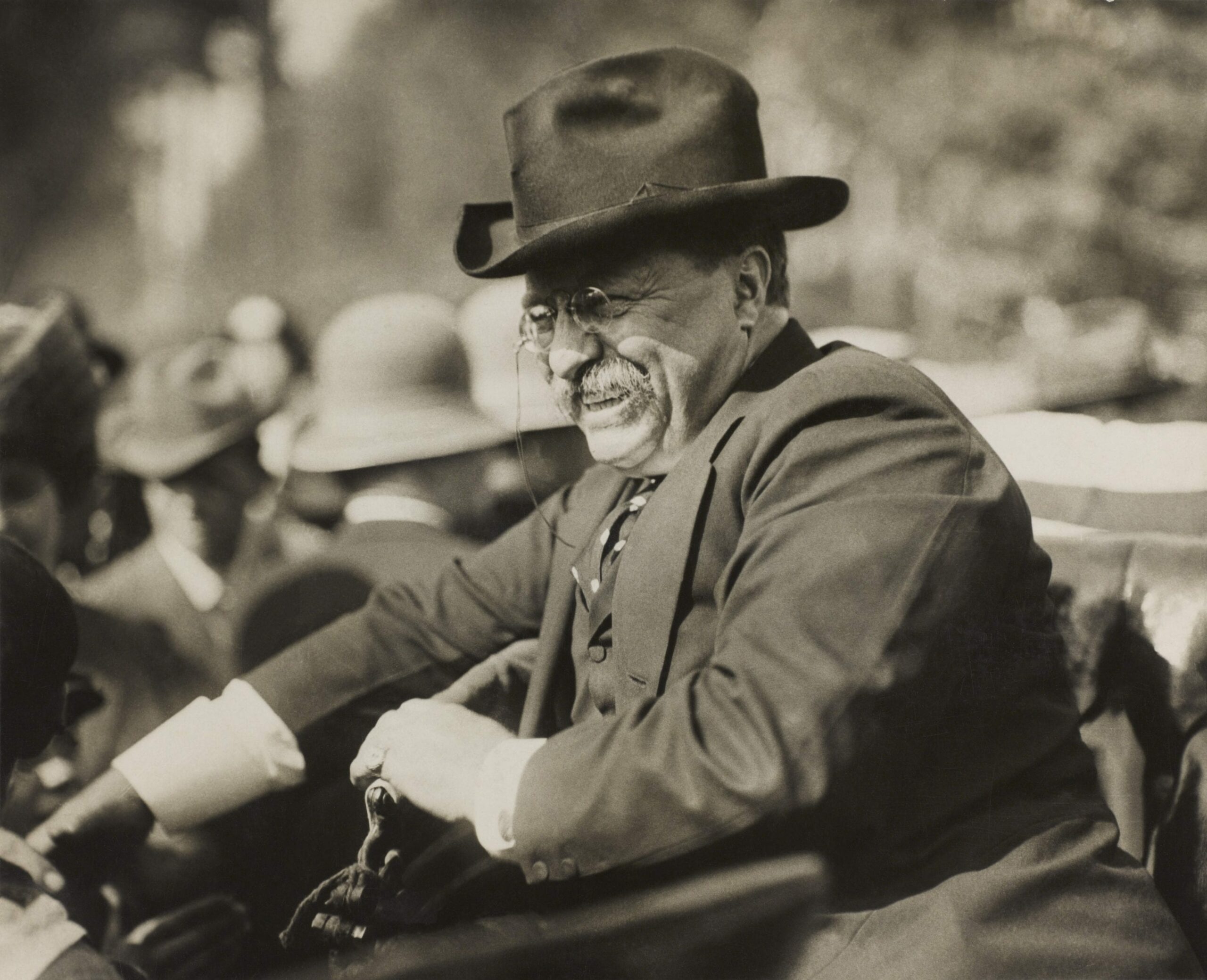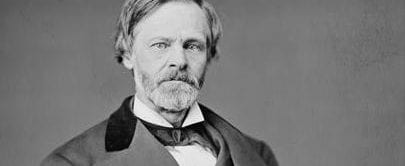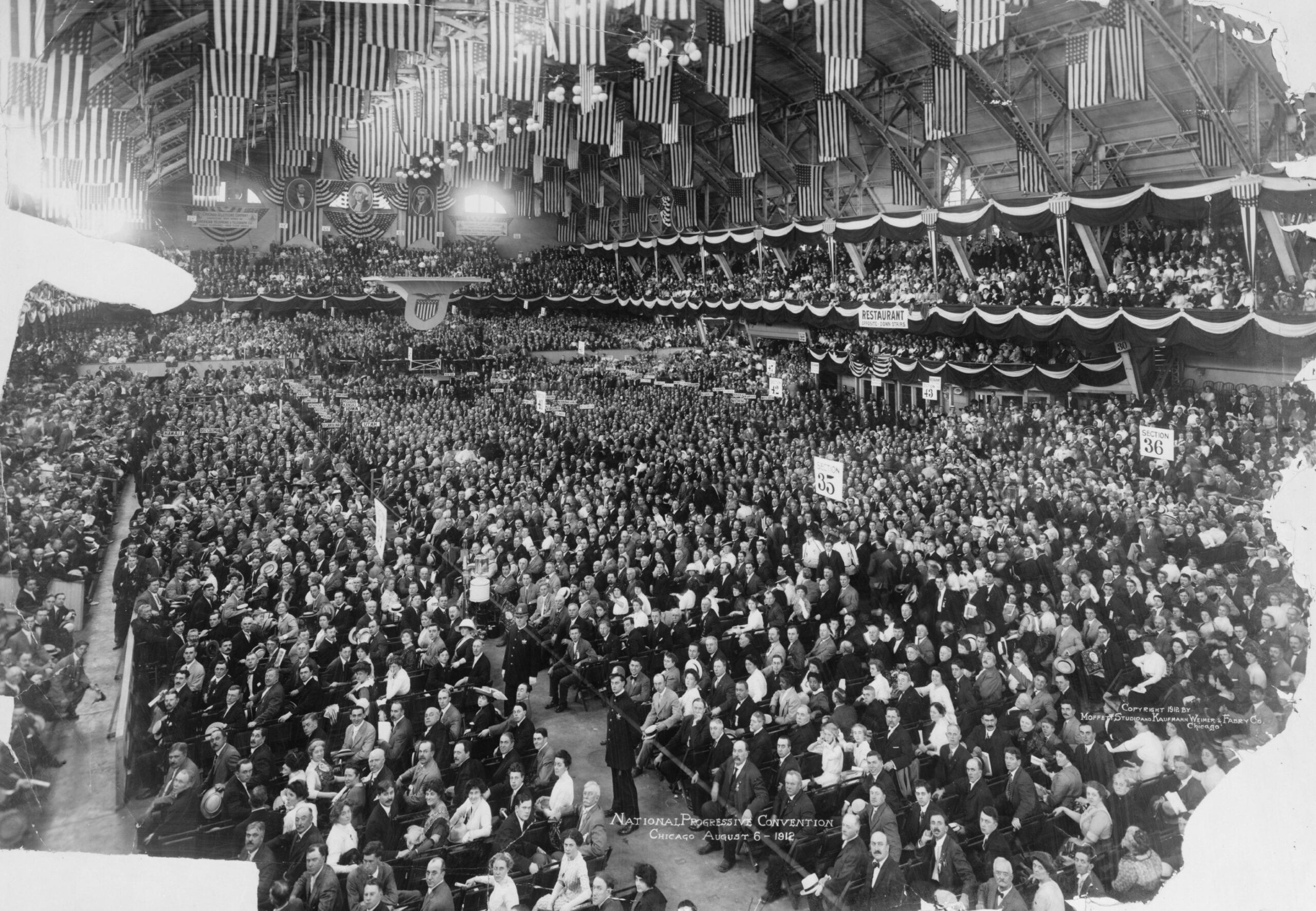
No related resources
Introduction
In January 1889, a Paiute prophet, Wovoka (c. 1856-1932), living what is now the state of Nevada, had a vision in which God gave him a message to carry back to his people. The message was that they should live honestly, work hard, and not quarrel among themselves or fight with the whites. If they followed these instructions they would not die or get sick and would be united with all those who had lived before, whom Wovoka had seen in his vision enjoying the pastimes of old in a land full of game. Wovoka was also shown a dance, which came to be called the ghost dance, and told to tell the people to perform it every day for several days in a row. If they did this, God told him, they would hasten the day of reunion with their ancestors. The dance was a version of a traditional Indian circle dance.
Word of Wovoka’s vision spread among Indians throughout the West. By late 1889, it had reached the Lakota and other Sioux, living on their reservations in what is now the state of South Dakota (See Report of The Commissioner of Indian Affairs and The Visit of Red Cloud to Washington, D.C.). Like other Indians who heard of the prophet’s vision, the Lakota sent people to meet him in person. When they returned to their reservation, they spread word of Wovoka’s message and taught the ghost dance. As did other Indians who practiced the new religion, the Lakota adapted it to their own traditions. More confrontational than some other tribes, the Sioux developed a version of the message that envisioned the disappearance of the whites from their land and a return to their former nomadic life of hunting buffalo. One of the principal promoters of the ghost dance religion among the Sioux was Sitting Bull (1831–1890), who had a long history of opposing accommodation with the whites. Red Cloud (1822–1909), an older chief, was skeptical of the new religion and discouraged continued conflict with whites.
The accounts of the ghost dance presented below are taken from the report of James Mooney, an ethnologist who traveled throughout the west in the aftermath of the ghost dance movement collecting information about it. The first is a report from a Lakota, Kicking Bear, one of the Sioux who had met Wovoka, describing the dance as it was practiced by another group of Indians, the Arapaho. The second is a report of a Sioux ghost dance written by a teacher from a reservation school who observed a ceremony on the Pine Ridge Reservation. The last item is the report of an interrogation of a convert to the new religion. Mooney described the man who conducted the interrogation, William T. Selwyn, as “a full blood Yankton Sioux, who had received a fair education under the patronage of a gentleman in Philadelphia.” Selwyn had worked on Sioux reservations in a variety of jobs. In this case, he was evidently working as a member of the Indian agency police, who were appointed by Indian Agents (federal officials responsible for a reservation).
Source: James Mooney, The Ghost Dance Religion and the Sioux Outbreak of 1890, Fourteenth Annual Report of The Bureau of Ethnology to the Secretary of the Smithsonian Institution, 1892–93, by J. W. Powell, Director, Part 2, (Washington: U.S. Government Printing Office, 1896), 798–801, 916–17, available at https://archive.org/details/ghostdancerelig01moongoog/ page/n6/mode/2up
The Report of the Ghost Dance among the Arapaho by Kicking Bear, Spring 1890
. . . [P]eople partaking in dance would get crazy and die, then the messiah is seen and all the ghosts. When they die they see strange things, they see their relatives who died long before. They saw these things when they died in ghost dance and came to life again. The person dancing becomes dizzy and finally drop dead, and the first thing they saw is an eagle comes to them and carried them to where the messiah is with his ghosts. . . .
The persons in the ghost dancing are all joined hands. A man stands and then a woman, so in that way forming a very large circle. They dance around in the circle in a continuous time until some of them become so tired and overtired that they became crazy and finally drop as though dead, with foams in mouth all wet by perspiration. All the men and women made holy shirts and dresses they wear in dance. The persons dropped in dance would all lie in great dust the dancing make. They paint the white muslins they made holy shirts and dresses out of with blue across the back, and alongside of this is a line of yellow paint. They also paint in the front part of the shirts and dresses. A picture of an eagle is made on the back of all the shirts and dresses. On the shoulders and on the sleeves they tied eagle feathers. They said that the bullets will not go through these shirts and dresses, so they all have these dresses for war. Their enemies weapon will not go through these dresses. The ghost dancers all have to wear eagle feather on head. With this feather any man would be made crazy if fan with this feather. In the ghost dance no person is allow to wear anything made of any metal, except the guns made of metal is carry by some of the dancers. When they come from ghosts or after recovery from craziness, they brought meat from the ghosts or from the supposed messiah. They also brought water, fire, and wind with which to kill all the whites or Indians who will help the chief of the whites. They made sweat house and made holes in the middle of the sweat house where they say the water will come out of these holes. Before they begin to dance they all raise their hands toward the northwest and cry in supplication to the messiah and then begin the dance with the song, “Ate misunkala oeya omani-ye,” etc.
The Report of Mrs. Z. A. Parker, a teacher on the Pine Ridge reservation
We drove to this spot about 10:30 o’clock on a delightful October day. We came upon tents scattered here and there in low, sheltered places long before reaching the dance ground. Presently we saw over three hundred tents placed in a circle, with a large pine tree in the center, which was covered with strips of cloth of various colors, eagle feathers, stuffed birds, claws, and horns—all offerings to the Great Spirit. The ceremonies had just begun. In the center, around the tree, were gathered their medicine-men; also those who had been so fortunate as to have had visions and in them had seen and talked with friends who had died. A company of fifteen had started a chant and were marching abreast, others coming in behind as they marched. After marching around the circle of tents they turned to the center, where many had gathered and were seated on the ground.
I think they wore the ghost shirt or ghost dress for the first time that day. I noticed that these were all new and were worn by about seventy men and forty women. The wife of a man called Return-from-scout had seen in a vision that her friends all wore a similar robe, and on reviving from her trance she called the women together and they made a great number of the sacred garments. They were of white cotton cloth. The women’s dress was cut like their ordinary dress, a loose robe with wide, flowing sleeves, painted blue in the neck, in the shape of a three-cornered handkerchief, with moon, stars, birds, etc, interspersed with real feathers, painted on the waist and sleeves. While dancing they wound their shawls about their waists, letting them fall to within 3 inches of the ground, the fringe at the bottom. In the hair, near the crown, a feather was tied. I noticed an absence of any manner of bead ornaments, and, as I knew their vanity and fondness for them, wondered why it was. Upon making inquiries I found they discarded everything they could which was made by white men.
The ghost shirt for the men was made of the same material—shirts and leggings painted in red. Some of the leggings were painted in stripes running up and down, others running around. The shirt was painted blue around the neck, and the whole garment was fantastically sprinkled with figures of birds, bows and arrows, sun, moon, and stars, and everything they saw in nature. Down the outside of the sleeve were rows of feathers tied by the quill ends and left to fly in the breeze, and also a row around the neck and up and down the outside of the leggings. I noticed that a number had stuffed birds, squirrel heads, etc, tied in their long hair. The faces of all were painted red with a black half-moon on the forehead or on one cheek.
As the crowd gathered about the tree the high priest, or master of ceremonies, began his address, giving them directions as to the chant and other matters. After he had spoken for about fifteen minutes they arose and formed in a circle. As nearly as I could count, there were between three and four hundred persons. One stood directly behind another, each with his hands on his neighbor’s shoulders. After walking about a few times, chanting, “Father, I come,” they stopped marching, but remained in the circle, and set up the most fearful, heart-piercing wails I ever heard—crying, moaning, groaning, and shrieking out their grief, and naming over their departed friends and relatives, at the same time taking up handfuls of dust at their feet, washing their hands in it, and throwing it over their heads. Finally, they raised their eyes to heaven, their hands clasped high above their heads, and stood straight and perfectly still, invoking the power of the Great Spirit to allow them to see and talk with their people who had died. This ceremony lasted about fifteen minutes, when they all sat down where they were and listened to another address, which I did not understand, but which I afterwards learned were words of encouragement and assurance of the coming messiah.
When they arose again, they enlarged the circle by facing toward the center, taking hold of hands, and moving around in the manner of school children in their play of “needle’s eye.” And now the most intense excitement began. They would go as fast as they could, their hands moving from side to side, their bodies swaying, their arms, with hands gripped tightly in their neighbors’, swinging back and forth with all their might. If one, more weak and frail, came near falling, he would be jerked up and into position until tired nature gave way. The ground had been worked and worn by many feet, until the fine, flour-like dust lay light and loose to the depth of two or three inches. The wind, which had increased, would sometimes take it up, enveloping the dancers and hiding them from view. In the ring were men, women, and children; the strong and the robust, the weak consumptive, and those near to death’s door. They believed those who were sick would be cured by joining in the dance and losing consciousness. From the beginning they chanted, to a monotonous tune, the words
Father, I come; Mother, I come; Brother, I come;
Father, give us back our arrows.
All of which they would repeat over and over again until first one and then another would break from the ring and stagger away and fall down. One woman fell a few feet from me. She came toward us, her hair flying over her face, which was purple, looking as if the blood would burst through; her hands and arms moving wildly; every breath a pant and a groan; and she fell on her back, and went down like a log. I stepped up to her as she lay there motionless, but with every muscle twitching and quivering. She seemed to be perfectly unconscious. Some of the men and a few of women would run, stepping high and pawing the air in a frightful manner. Some told me afterwards that they had a sensation as if the ground were rising toward them and would strike them in the face. Others would drop where they stood. One woman feel directly into the ring, and her husband stepped out and stood over her to prevent them from trampling upon her. No one ever disturbed those who fell or took any notice of them except to keep the crowd away.
They kept up dancing until fully 100 persons were lying unconscious. Then they stopped and seated themselves in a circle, and as each one recovered from his trance he was brought to the center of the ring to relate his experience. Each told his story to the medicine-man and he shouted it to the crowd. Not one in ten claimed that he saw anything. I asked one Indian—a tall, strong fellow, straight as an arrow—what his experience was. He said he saw an eagle coming toward him. It flew round and round, drawing nearer and nearer until he put out his hand to take it, when it was gone. I asked him what he thought of it. “Big lie,” he replied. I found by talking to them that not one in twenty believed it. After resting for a time they would go through the same performance, perhaps three times a day. They practiced fasting, and every morning those who joined in the dance were obliged to immerse themselves in the creek.
The Report of William T. Selwyn, YANKTON AGENCY, SOUTH DAKOTA, November 22, 1890
Colonel E. W. FOSTER, United States Indian Agent, Yankton Agency, South Dakota.
DEAR SIR: It has been reported here a few days ago that there was an Indian visitor up at White Swan from Rosebud agency who has been telling or teaching the doctrines of the new messiah, and has made some agitation among the people up there. According to the request of Captain Conrad, United States Army, of Fort Randall, South Dakota, and by your order of the 21st instant, I went up to White Swan and have arrested the wanted man (Kuwapi, or One they chased after). On my way to the agency with the prisoner I have made little interview with him on the subject of the new messiah. The following are the facts which he corroborated concerning the new messiah, his laws and doctrines to the Indians of this continent:
Q: Do you believe in the new messiah?—A. I somewhat believe it.
Q: What made you believe it?—A. Because I ate some of the buffalo meat that he (the new messiah) sent to the Rosebud Indians through Short Bull.[1]
Q: Did Short Bull say that he saw the living herd of roaming buffaloes while he was with the son of the Great Spirit?—A. Short Bull told the Indians at Rosebud that the buffalo and other wild game will be restored to the Indians at the same time when the general resurrection in favor of the Indians takes place.
Q: You said a “general resurrection in favor of the Indians takes place;” when or how soon will this be?—A. The father sends word to us that he will have all these caused to be so in the spring, when the grass is knee high.
Q: You said “father;” who is this father?—A. It is the new messiah. He has ordered his children (Indians) to call him “father.”
Q: You said the father is not going to send the buffalo until the resurrection takes place. Would he be able to send a few buffaloes over this way for a sort of a sample, so as to have his children (Indians) to have a taste of the meat?—A. The father wishes to do things all at once, even in destroying the white race.
Q: You said something about the destroying of the white race. Do you mean to say that all mankind except the Indians will be killed?—A. Yes.
Q: How, and who is going to kill the white people?—A. The father is going to cause a big cyclone or whirlwind, by which he will have all the white people to perish.
Q: If it should be a cyclone or whirlwind, what are we going to do to protect ourselves?—A. The father will make some kind of provisions by which we will be saved.
Q: You said something about the coming destruction on the white people by your father. Supposing your father is sick, tired out, forget, or some other accidental cause by which he should not be able to accomplish his purpose, what would be the case about the destroying of the white people?—A. There is no doubt about these things, as the miracle performer or the father is going to do just as what he said he would do.
Q: What other object could you come to by which you are led to believe that there is such a new messiah on earth at present?—A. The ghost dancers are fainted whenever the dance goes on.
Q: Do you believe that they are really fainted?—A. Yes.
Q: What makes you believe that the dancers have really fainted?—A. Because when they wake or come back to their senses they sometimes bring back some news from the unknown world, and some little trinkets, such as buffalo tail, buffalo meat, etc.
Q: What did the fainted ones see when they get fainted?—A. They visited the happy hunting ground, the camps, multitudes of people, and a great many strange people.
Q: What did the ghost or the strange people tell the fainted one or ones?—A. When the fainted one goes to the camp, he is welcomed by the relatives of the visitor (the fainted one), and he is also invited to several feasts.
Q: Were the people at Rosebud agency anxiously waiting or expecting to see all of their dead relatives who have died several years ago?—A. Yes.
Q: We will have a great many older folks when all the dead people come back, would we not?—A. The visitors all say that there is not a single old man nor woman in the other world—all changed to young.
Q: Are we going to die when the dead ones come back?—A. No; we will be just the same as we are today.
Q: Did the visitor say that there is any white men in the other world?—A. No; no white people.
Q: If there is no white people in the other world, where did they get their provisions and clothing?—A. In the other world, the messenger tells us that they have depended altogether for their food on the flesh of buffalo and other wild game; also, they were all clad in skins of wild animals.
Q: Did the Rosebud agency Indians believe the new messiah, or the son of the Great Spirit?—A. Yes.
Q: How do they show that they have a belief in the new messiah?—A. They show themselves by praying to the father by looking up to heaven, and call him “father,” just the same as you would in a church.
Q: Have you ever been in a church?—A. No.
Q: Do you faithfully believe in the new messiah?—A. I did not in the first place, but as I became more acquainted with the doctrines of the new messiah that I really believe in him.
Q: How many people at Rosebud, in your opinion, believe this new messiah?—A. Nearly everyone.
Q: Did the Rosebud people prepare to attack the white people this summer? While I was at Pine Ridge agency this summer the Oglalla Sioux Indians say they will resist against the government if the latter should try to put a stop to the messiah question. Did your folks at Rosebud say the same thing?—A. Yes.
Q: Are they still preparing and thinking to attack the white people should the government send our soldiers with orders to put a stop to your new business of the messiah?—A. I do not know, but I think that the Wojaji band at Rosebud agency will do some harm at any time.
Q: You do not mean to say that the Rosebud Indians will try and cause an outbreak?—A. That seems to be the case.
Q: You said something about the “son of the Great Spirit,” or “the father.” What do you mean by the son of the Great Spirit?—A. This father, as he is called, said himself that he is the son of the Great Spirit.
Q: Have you talked to or with any Indian at White Swan about the new messiah, his laws and doctrines, or have you referred this to anyone while there?2—A. I have told a few of them. I did not voluntarily express my wish for them to know and follow the doctrines of the new messiah.
Q: Yes but you have explained the matter to the Indians, did you not?—A. Yes, I have.
Q: Do the Yankton Indians at White Swan believe in your teaching of the new messiah?—A. I did not intend to teach them, but as I have been questioned on the subject, that I have said something about it.
Q: Did any of them believe in you?—A. Some have already believed it, and some of them did not believe it.
Q: Those that have believed in you must be better men than the others, are they not?—A. I do not know.
Q: Do you intend to introduce the doctrines of the new messiah from Rosebud to this agency as a missionary of the gospel?—A. No, I did not.
Q: What brings you here, then?—A. I have some relatives here that I wanted to see, and this was the reason why I came here.
Q: Where does this new messiah question originate? I mean from the first start of it.—A. This has originated in White mountains.
Q: Where is this White mountain?—A. Close to the big Rocky mountains, near the country that belong to the Mexicans.
Q: Do you think that there will be a trouble in the west by next spring?—A. Yes.
Q: What makes you think so?—A. Because that is what I have heard people talk of.
This is all that I have questioned Kuwapi on the subject of the new messiah

Conversation-based seminars for collegial PD, one-day and multi-day seminars, graduate credit seminars (MA degree), online and in-person.
